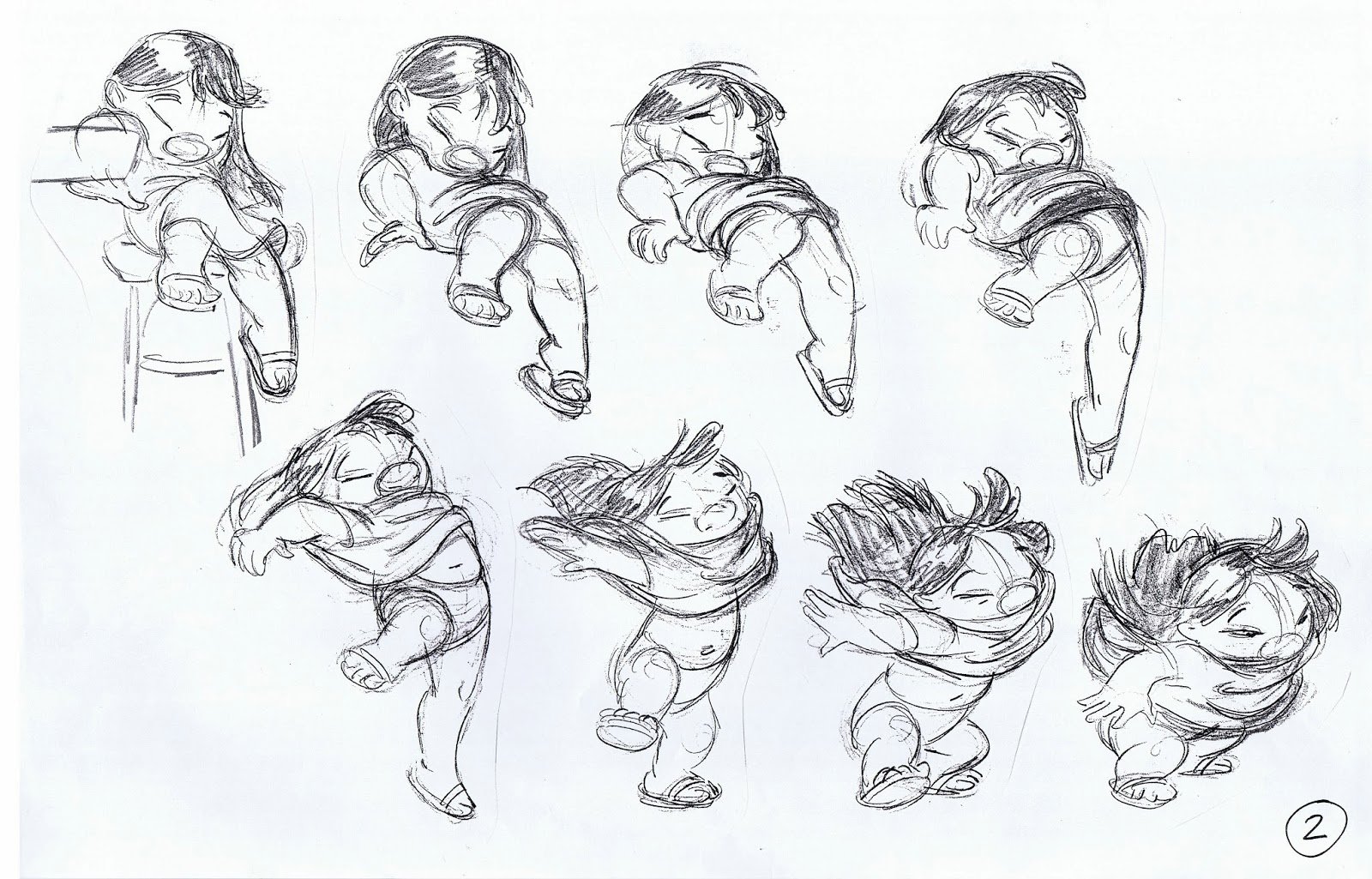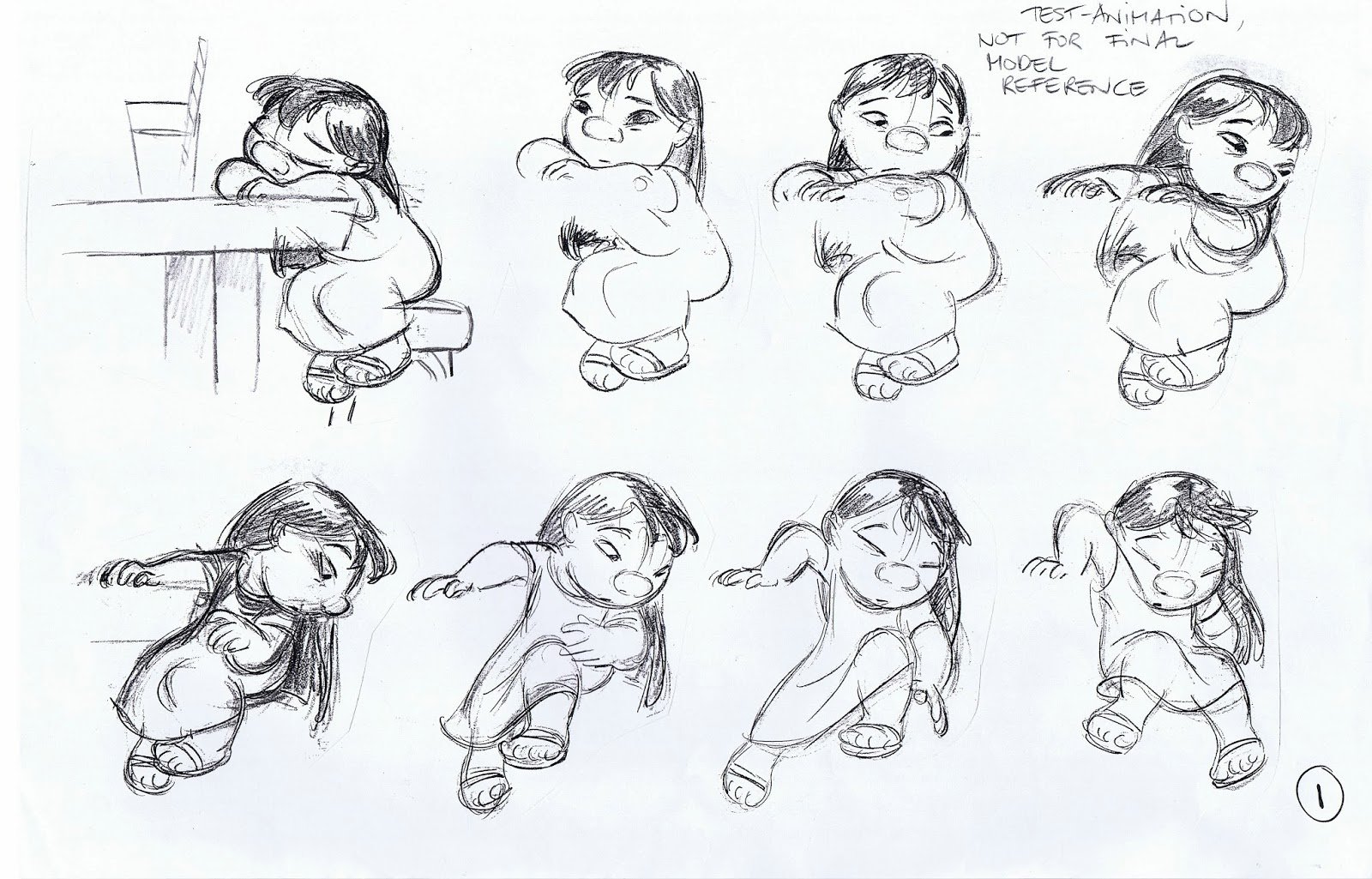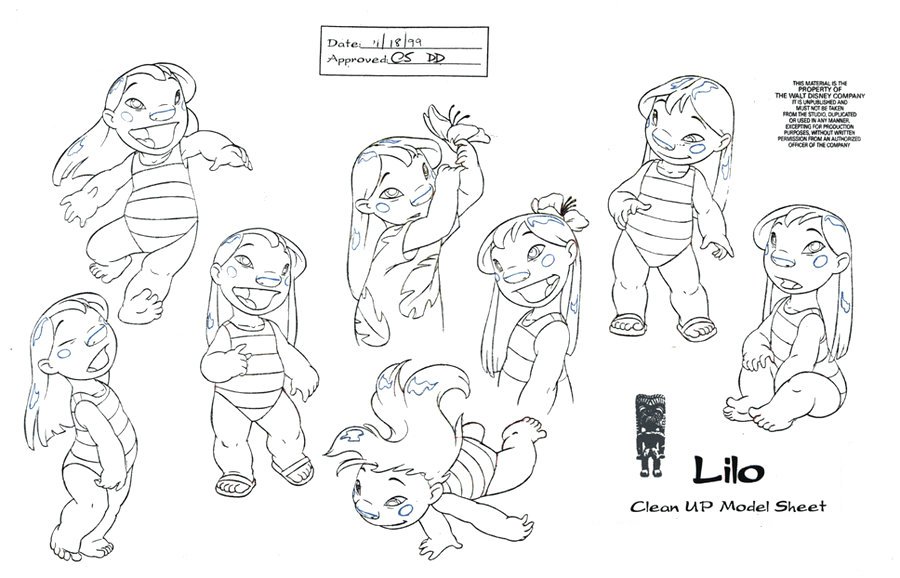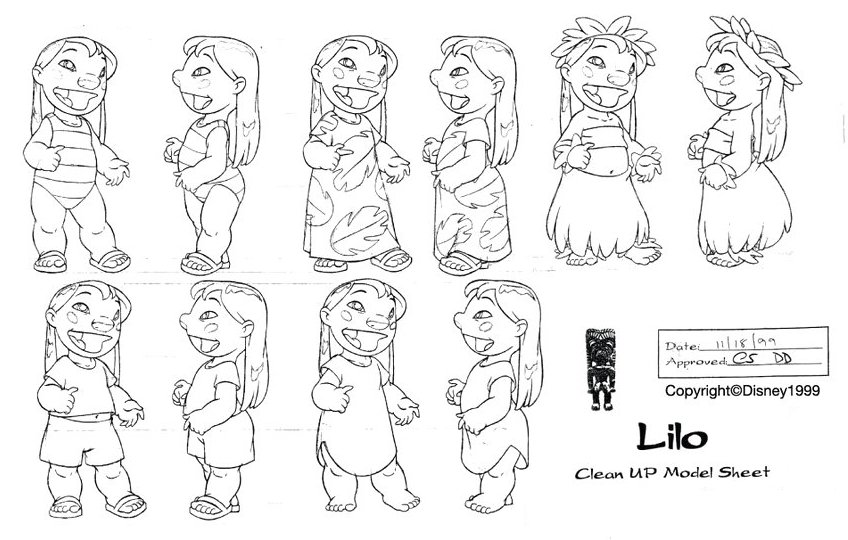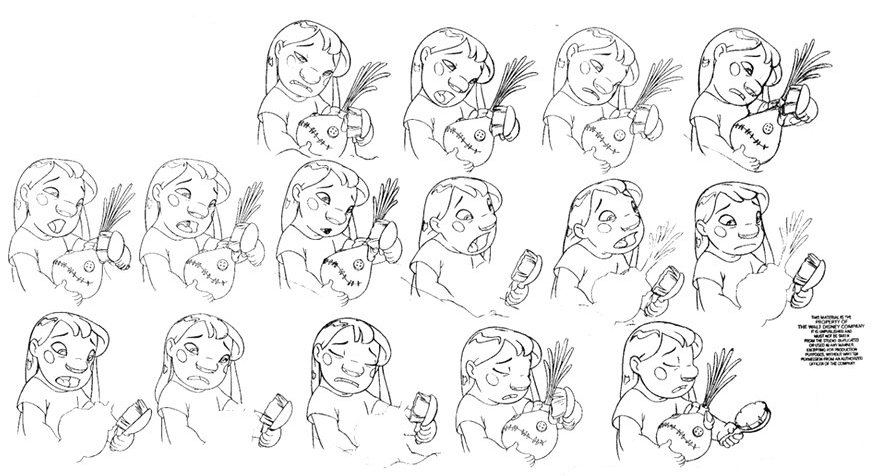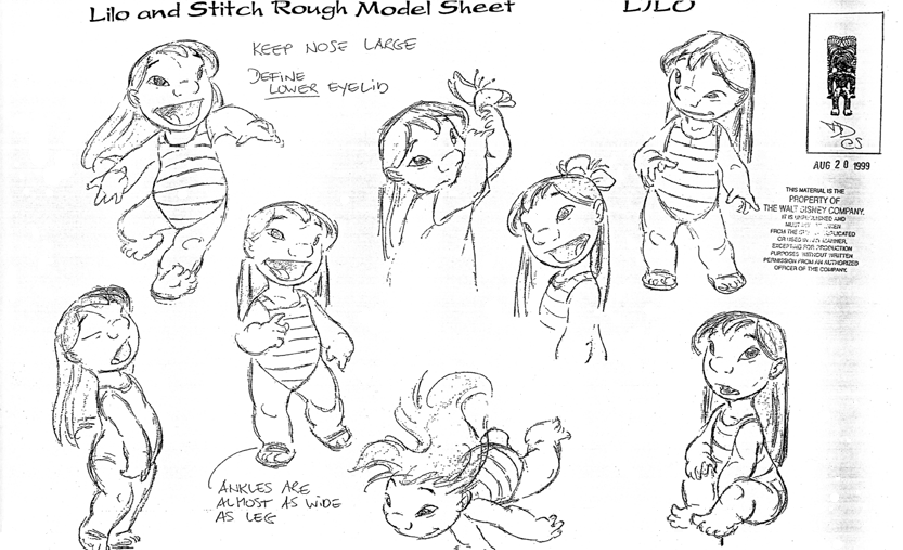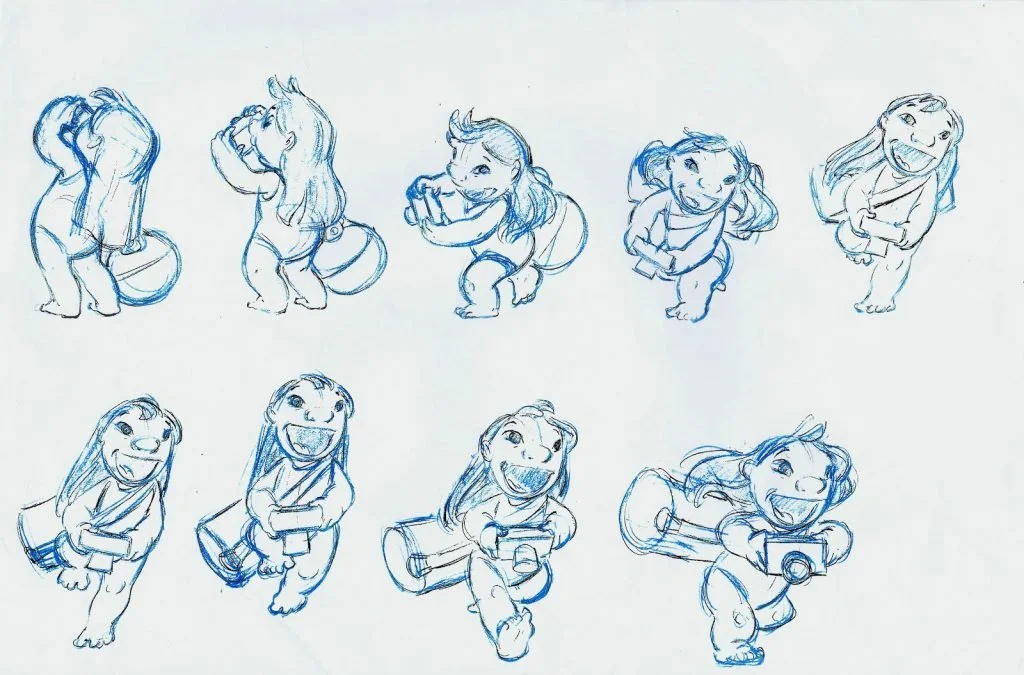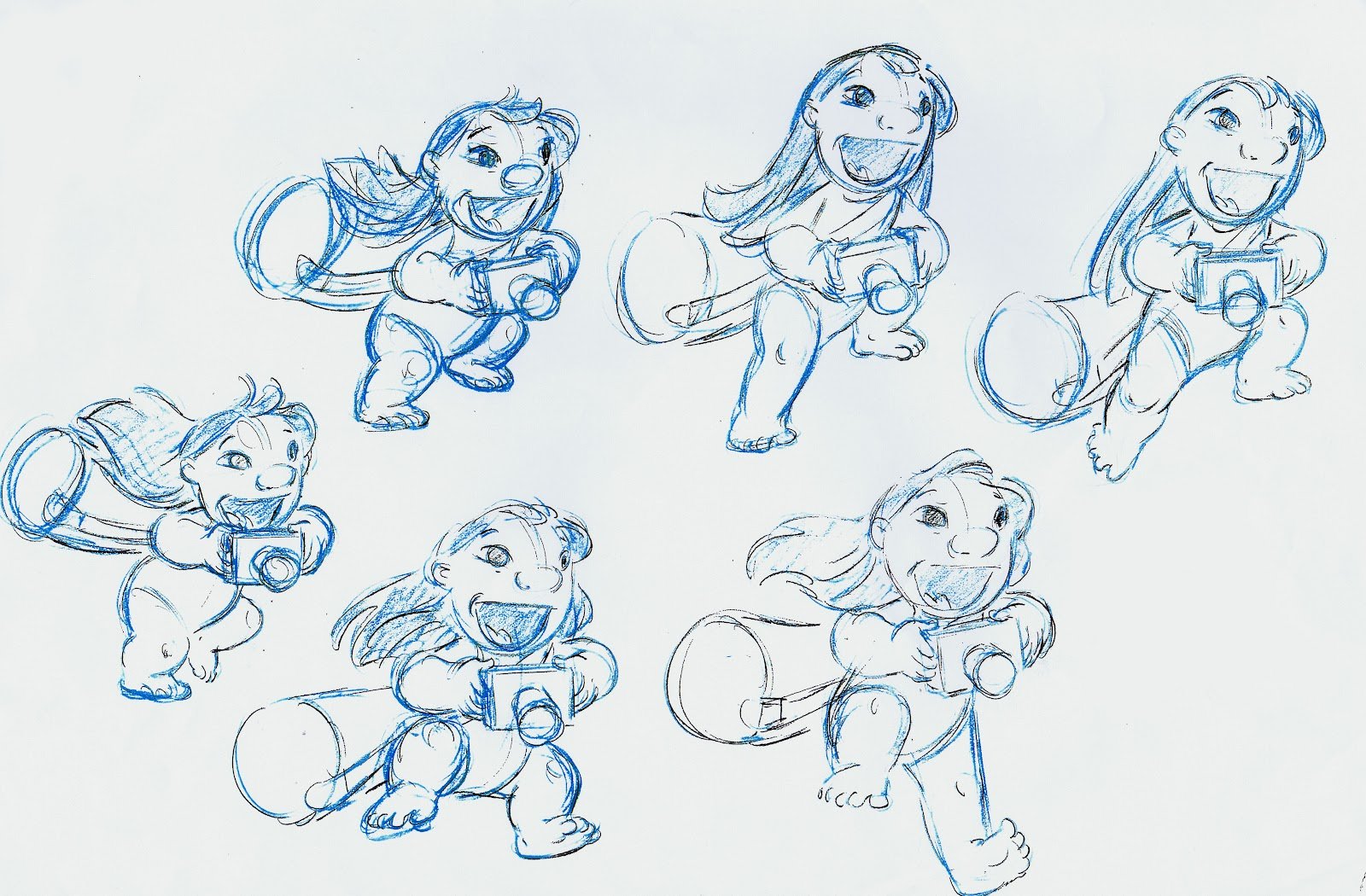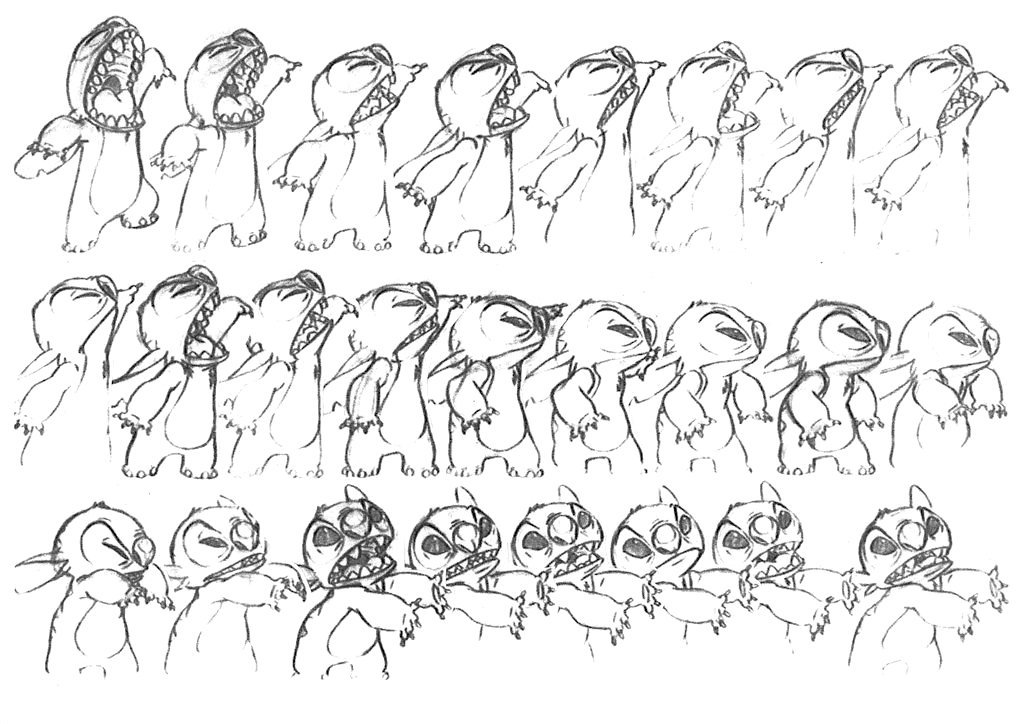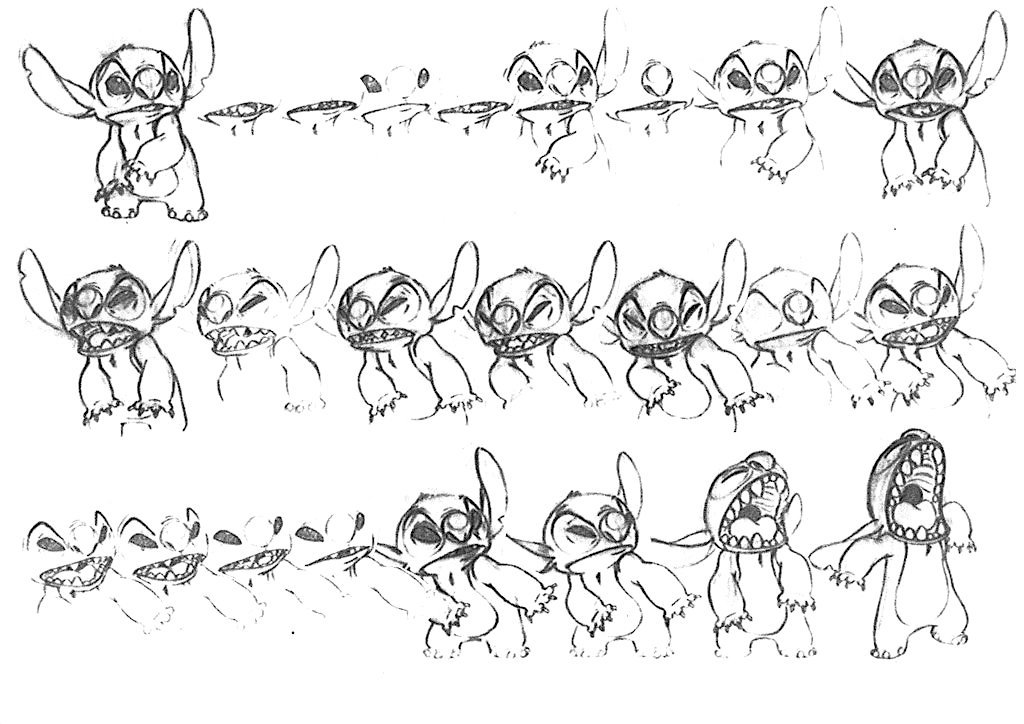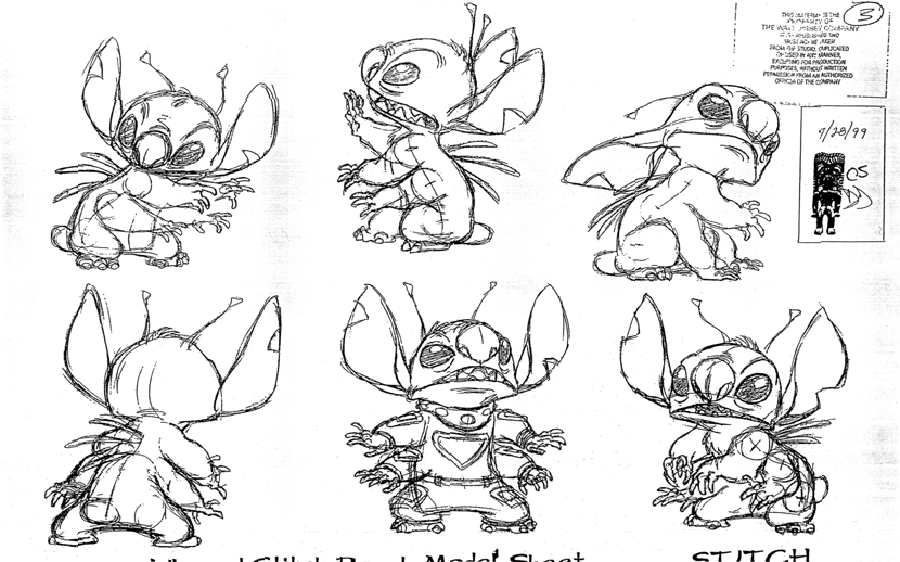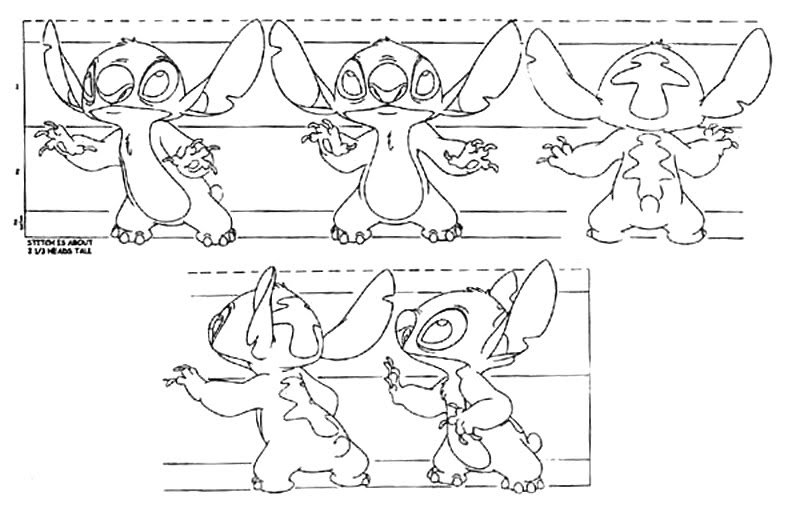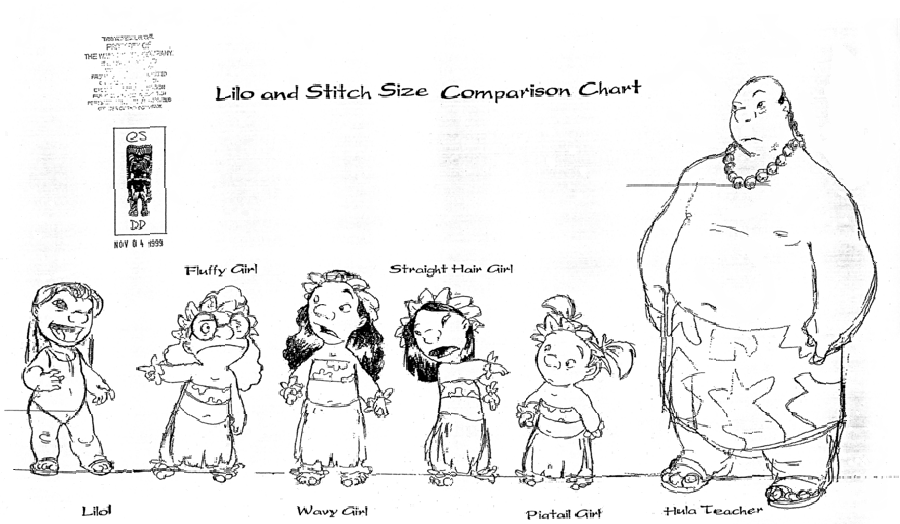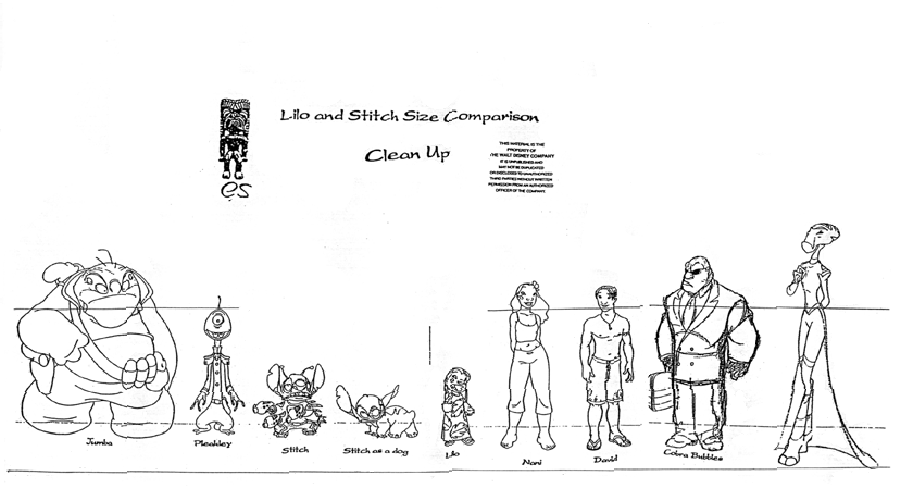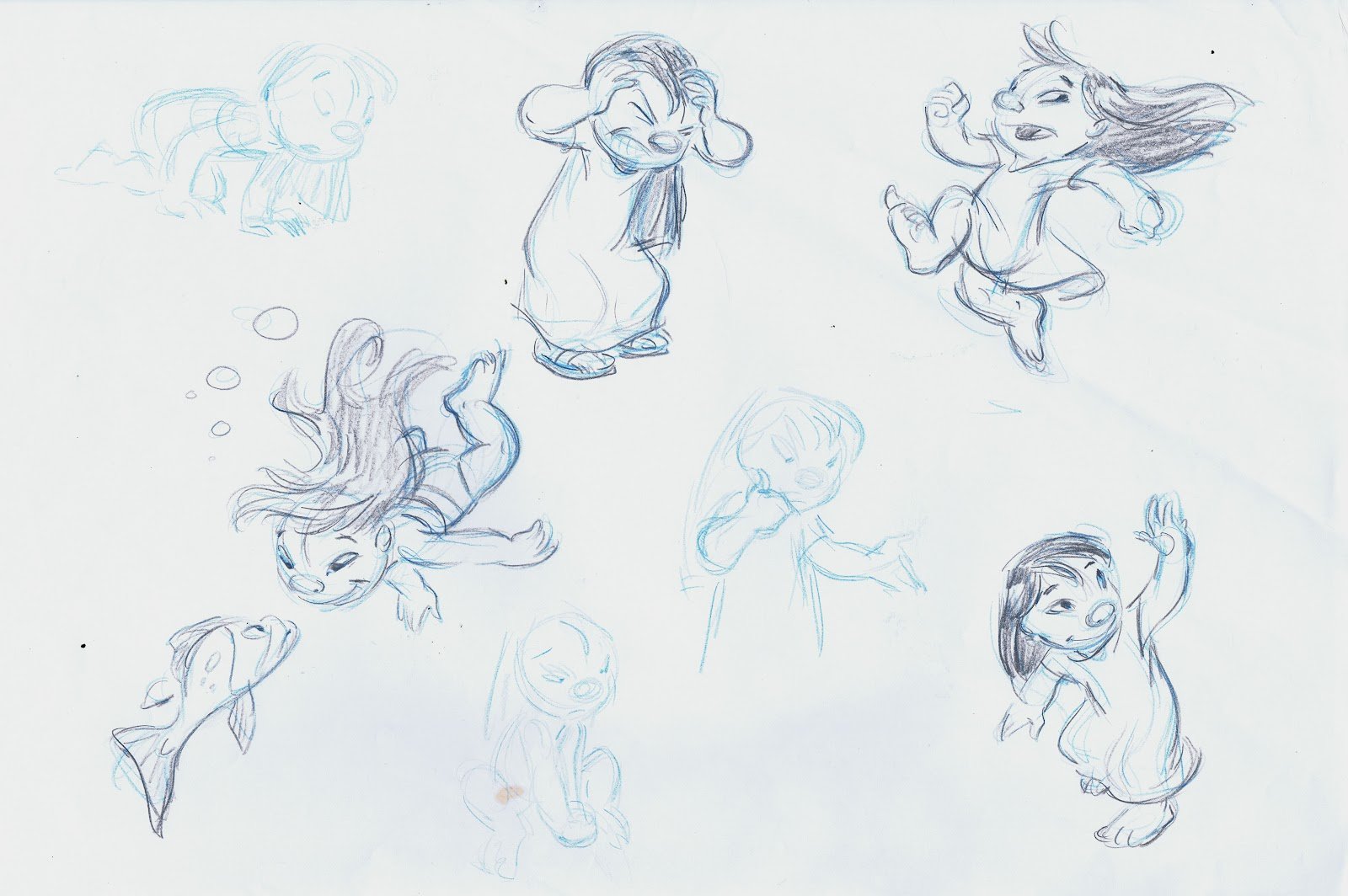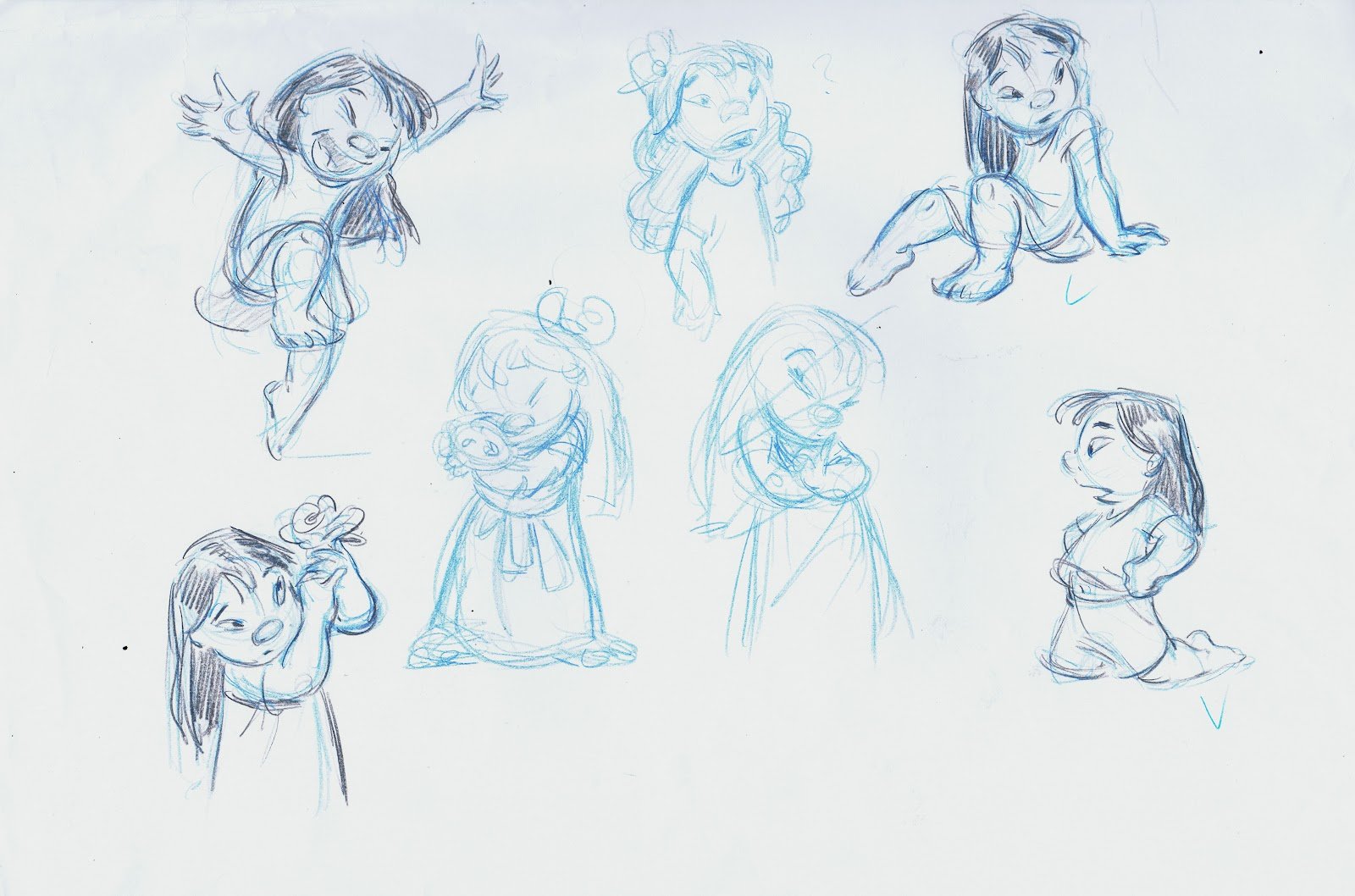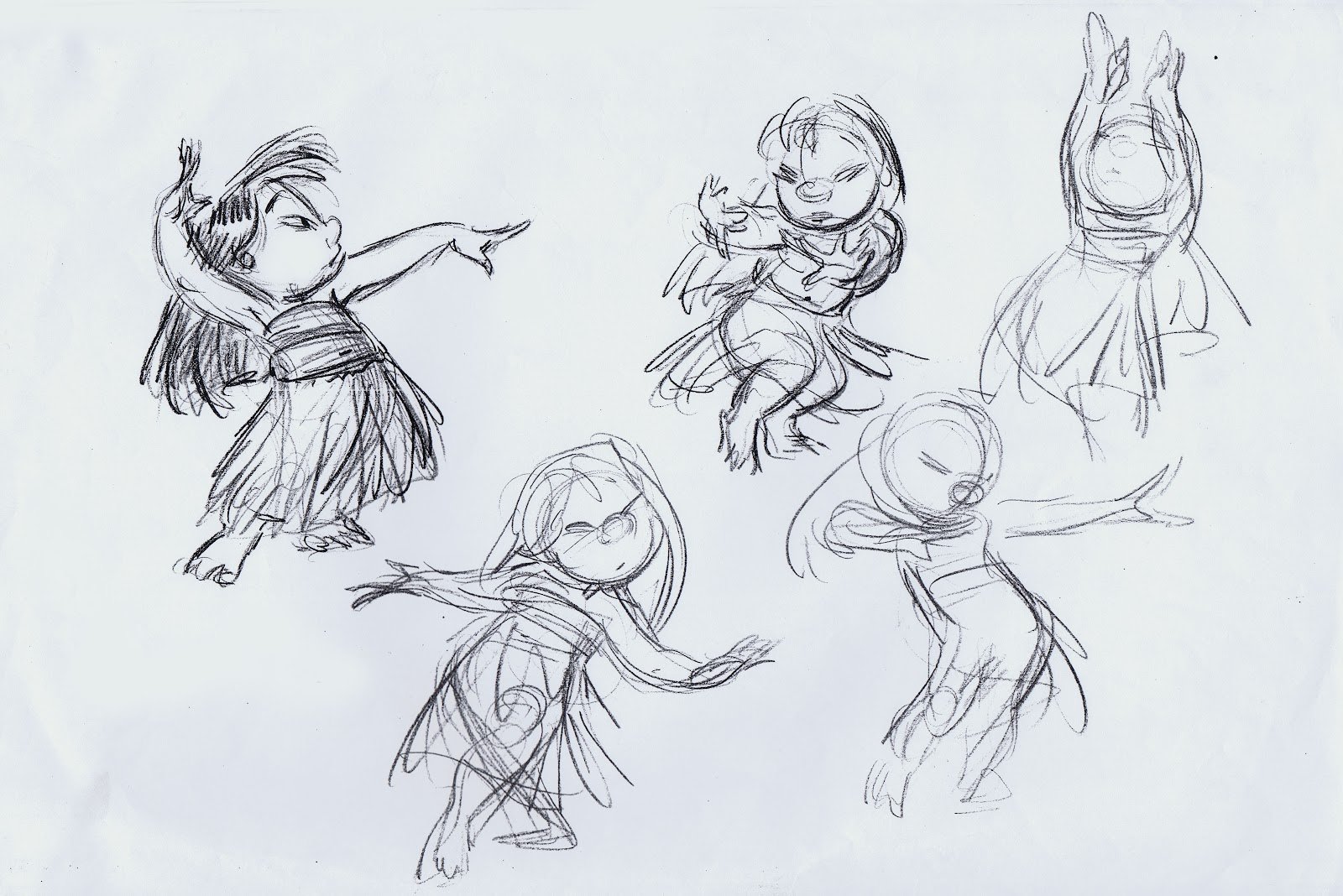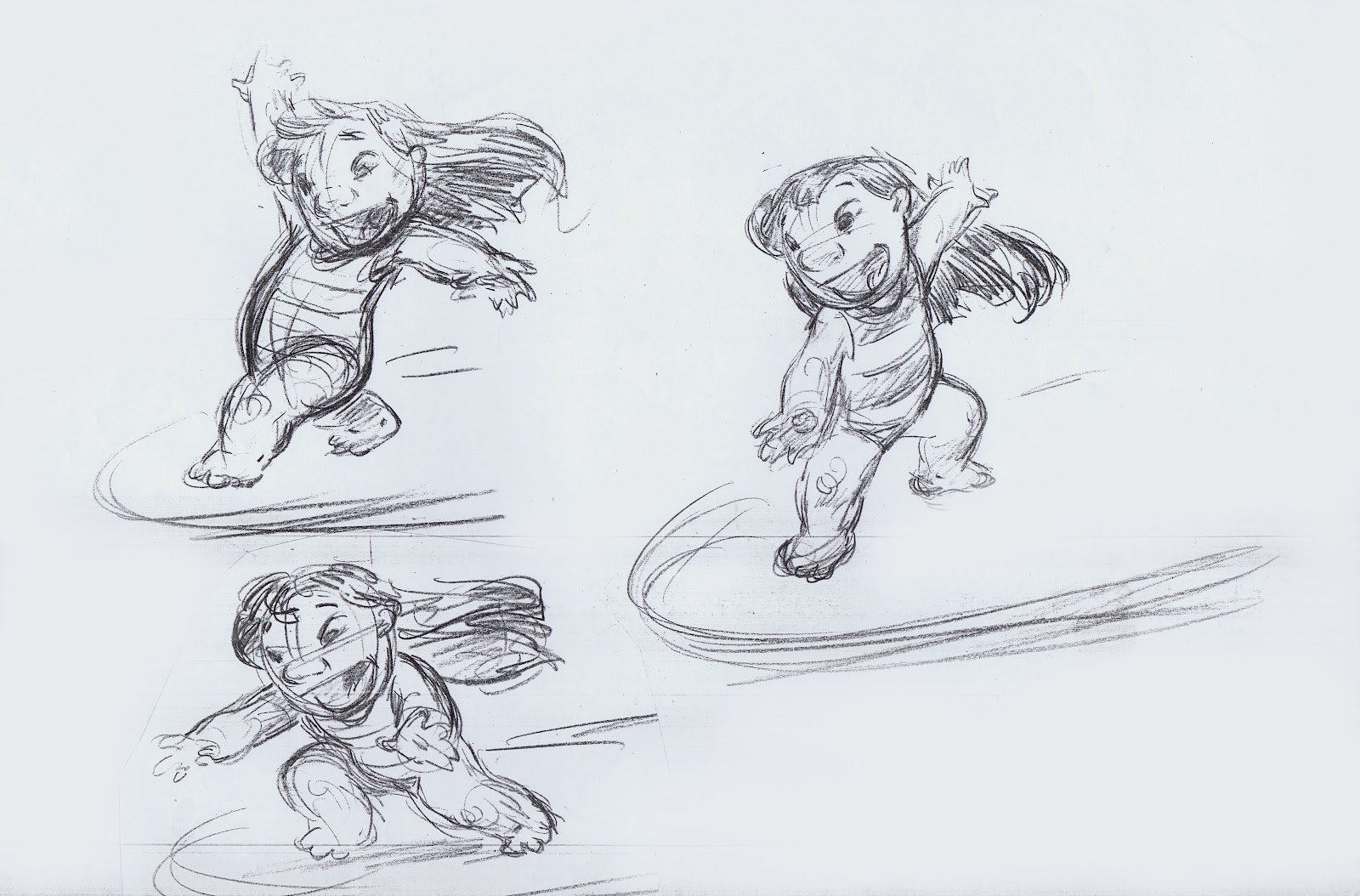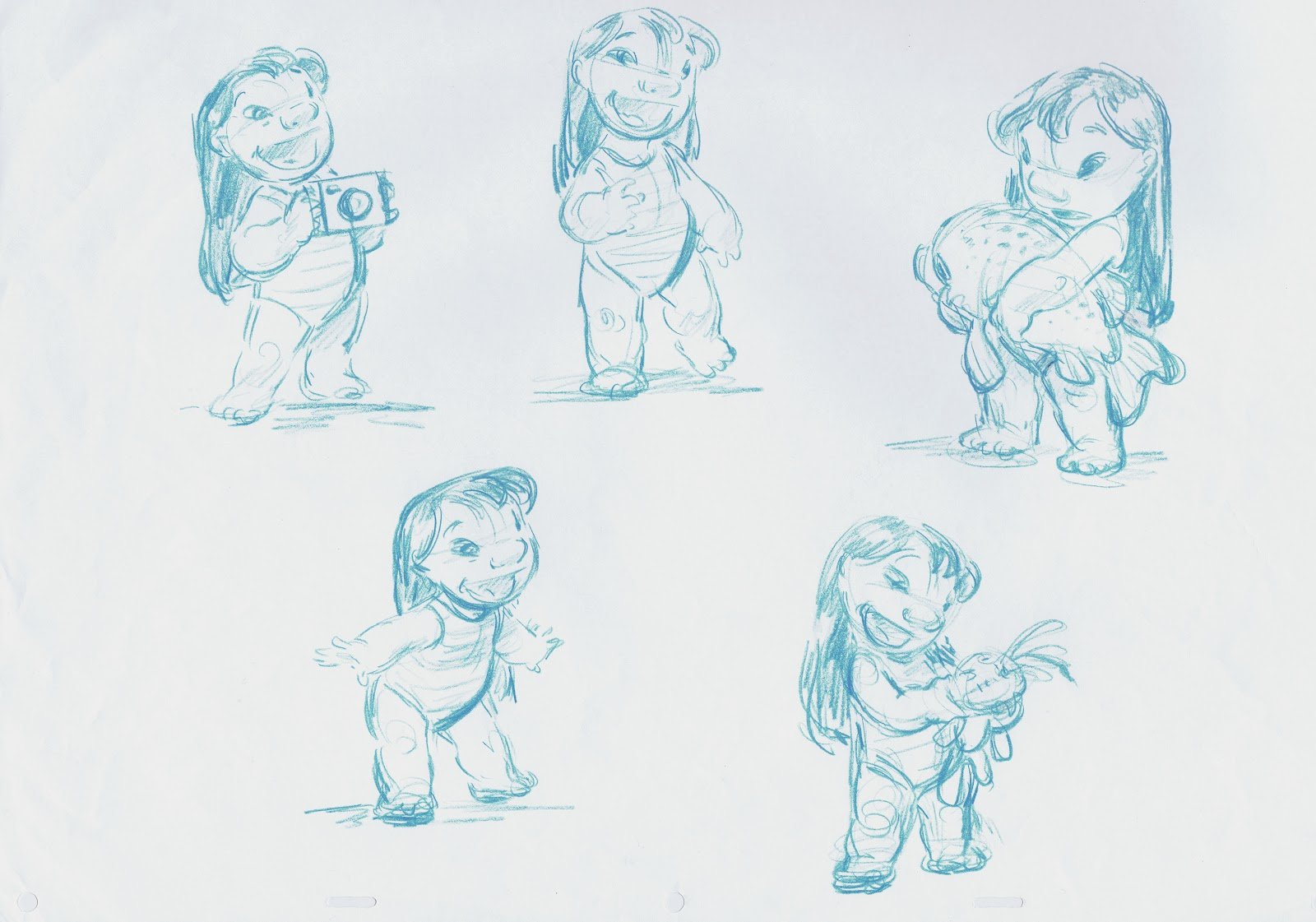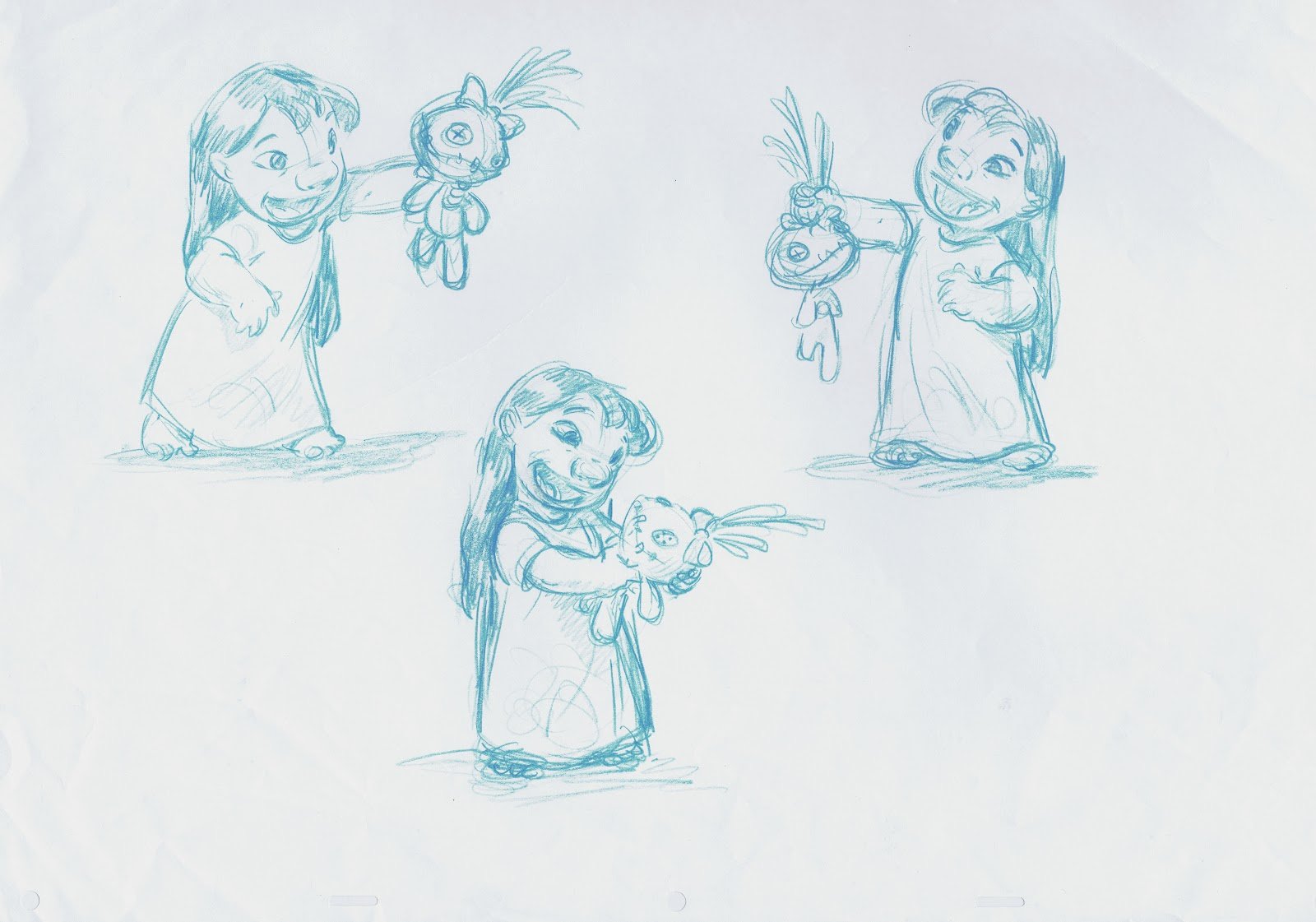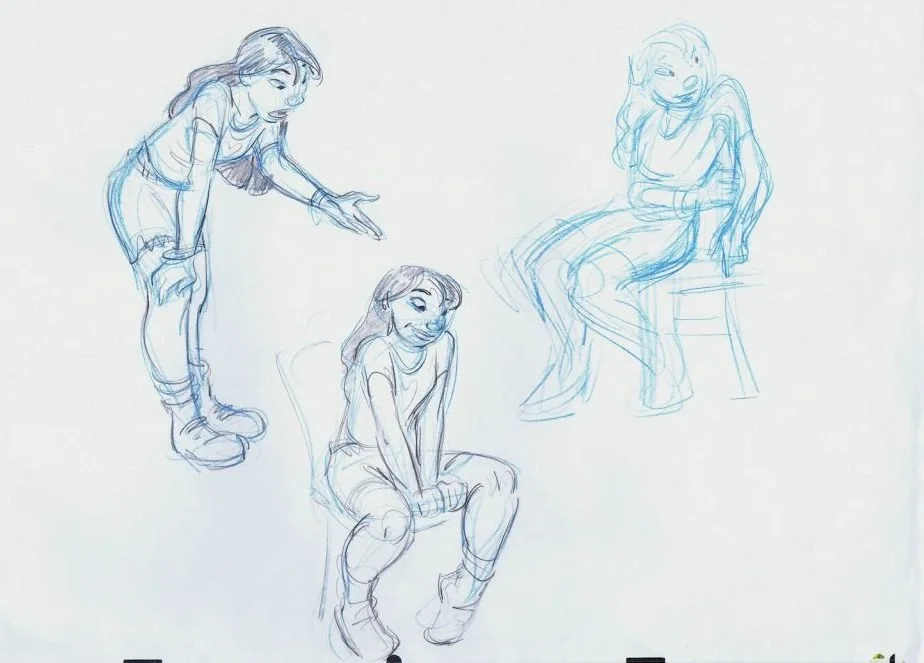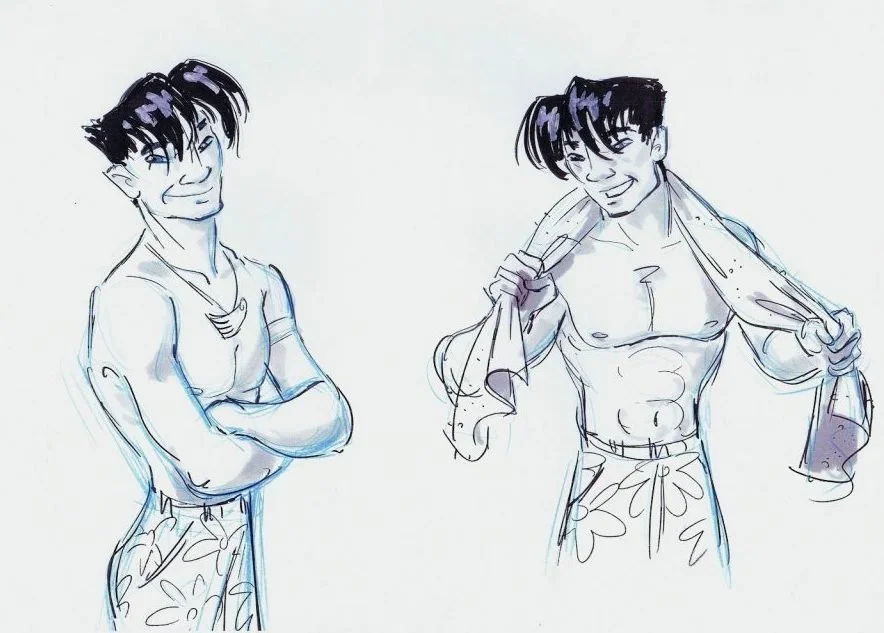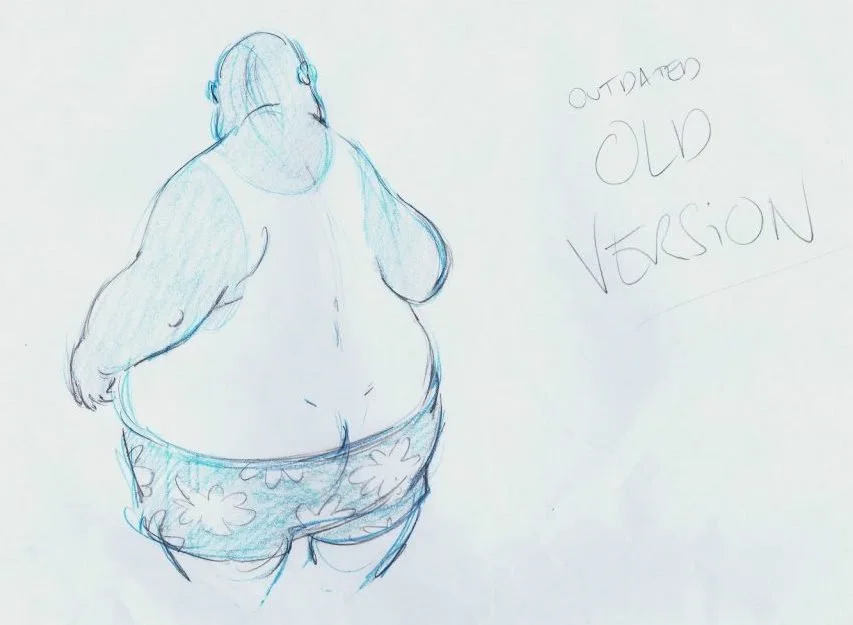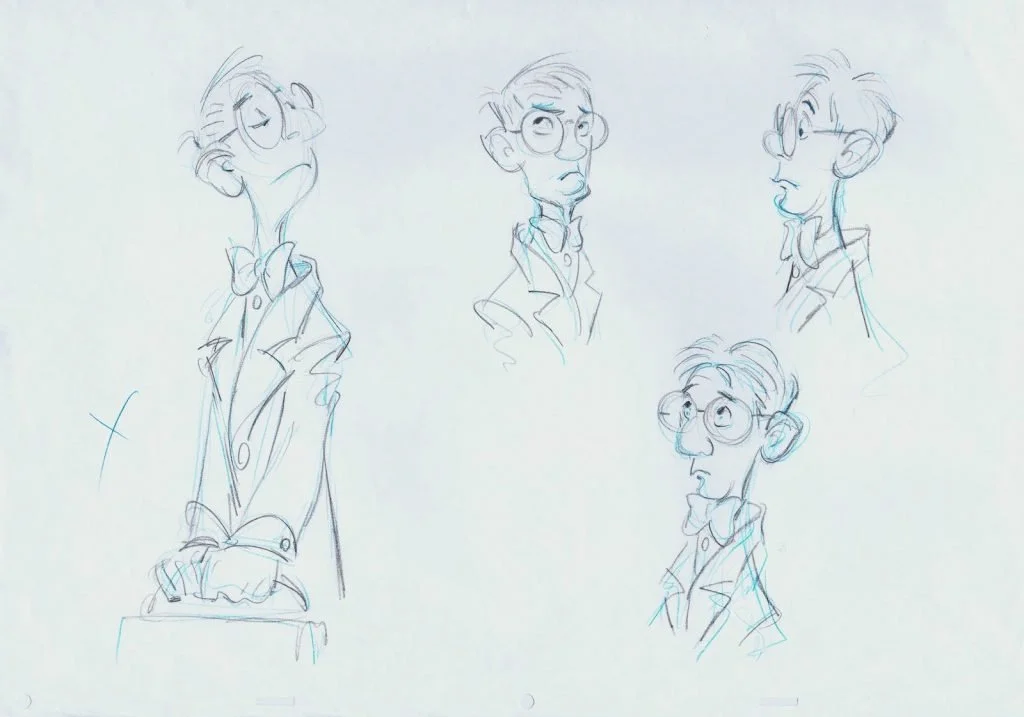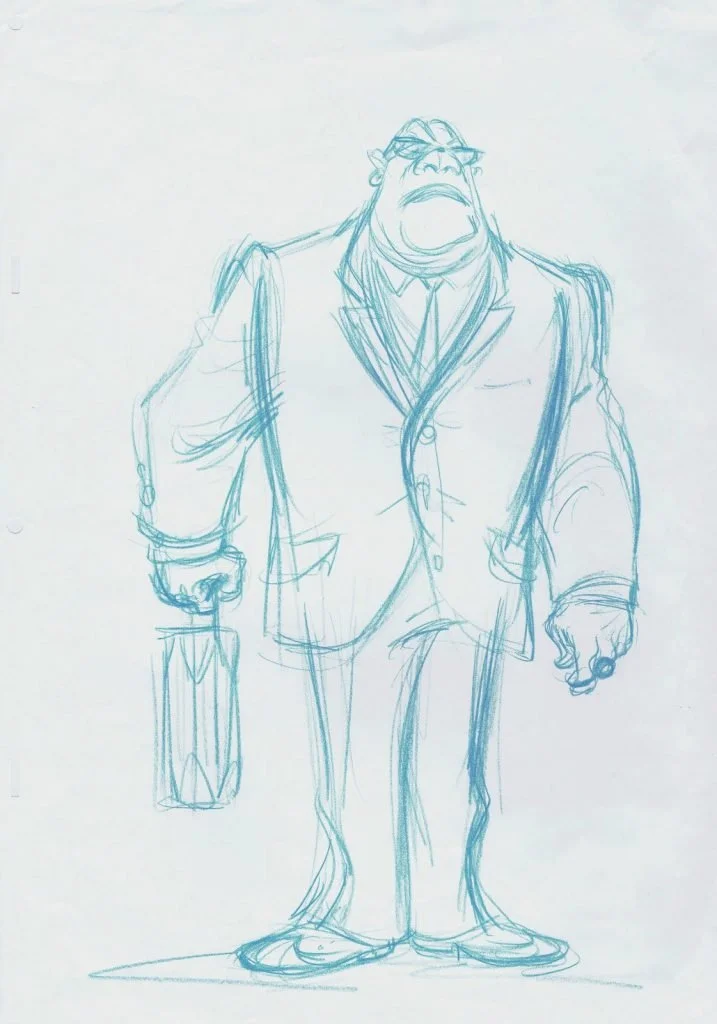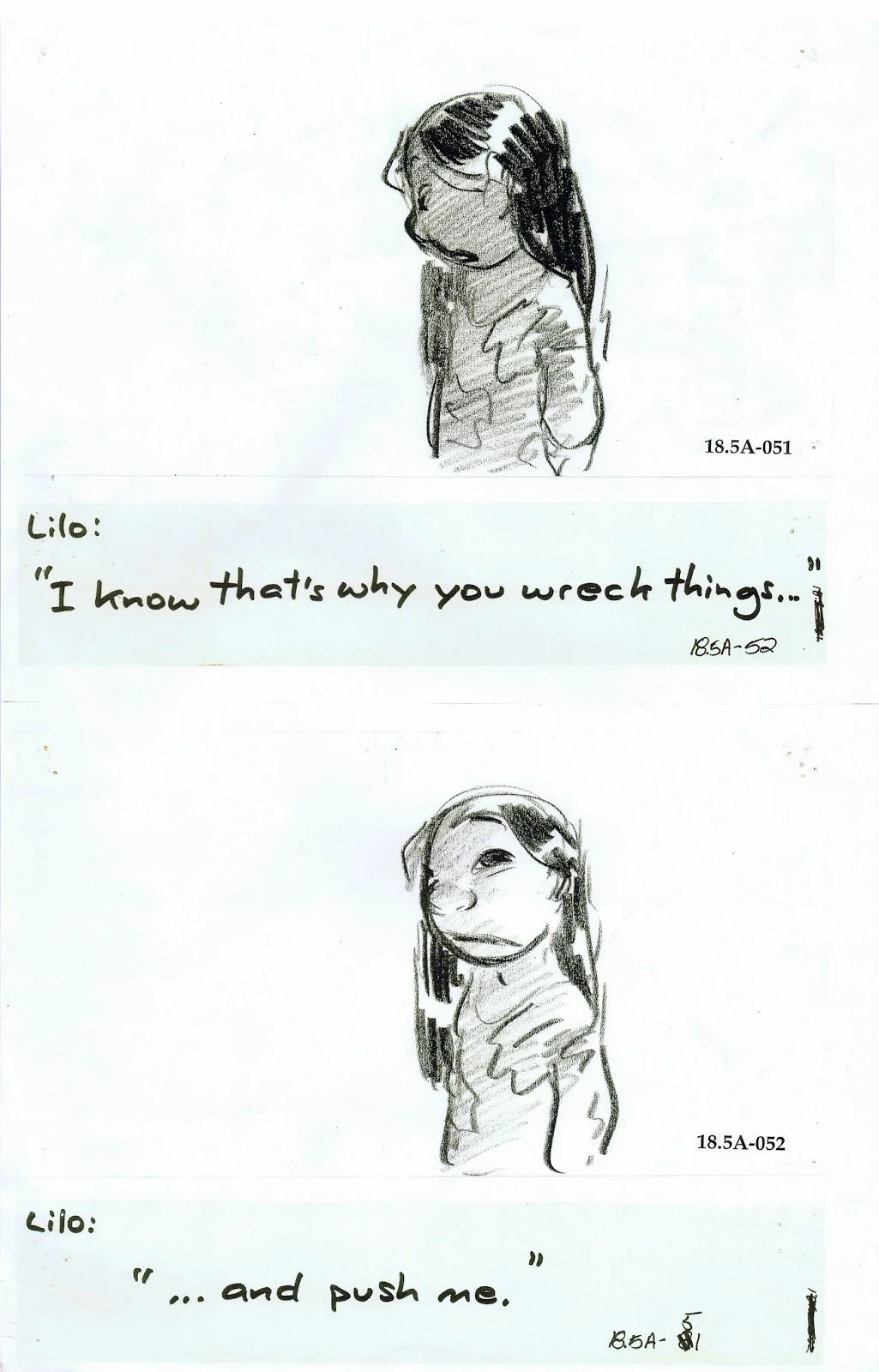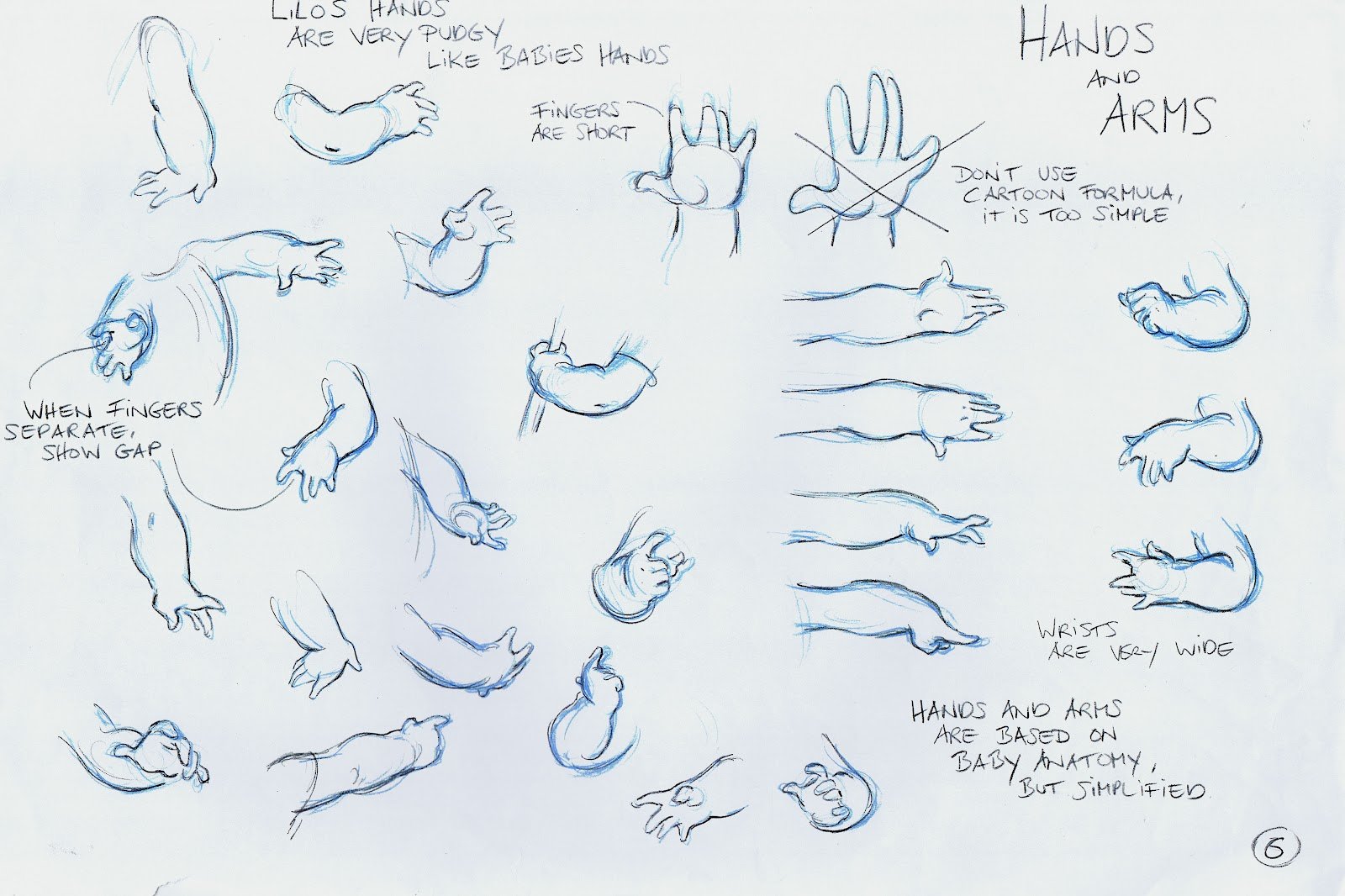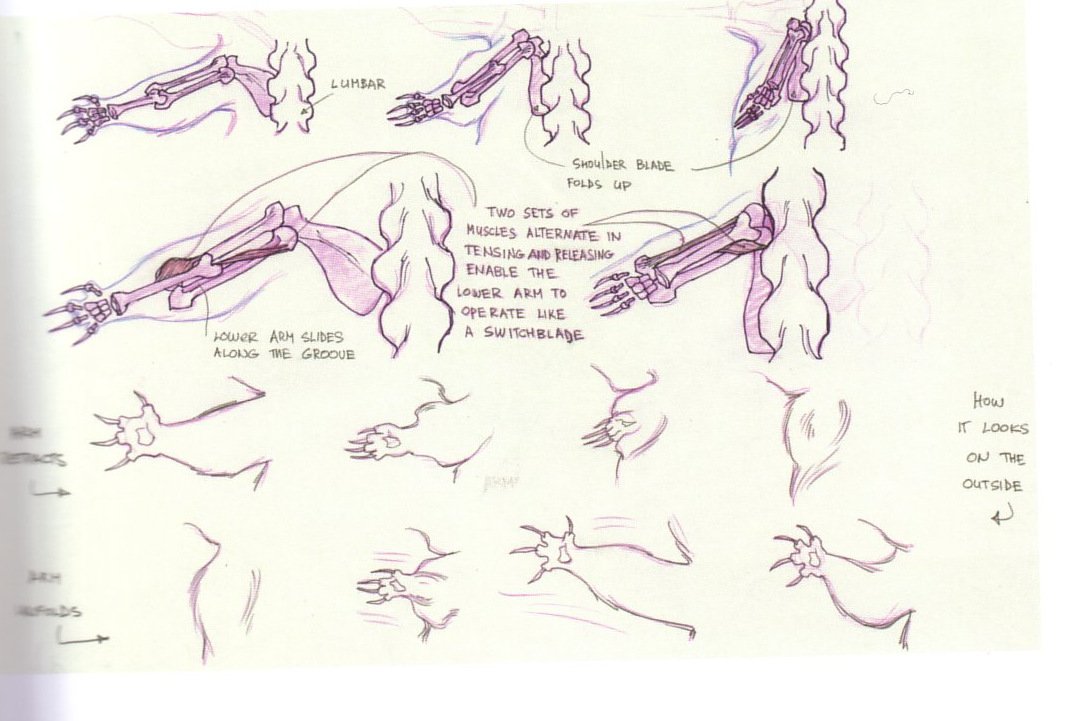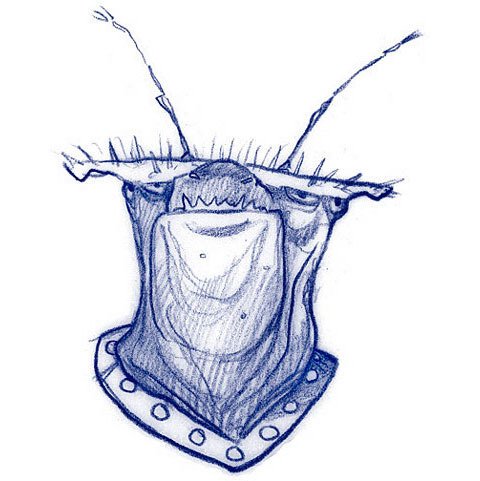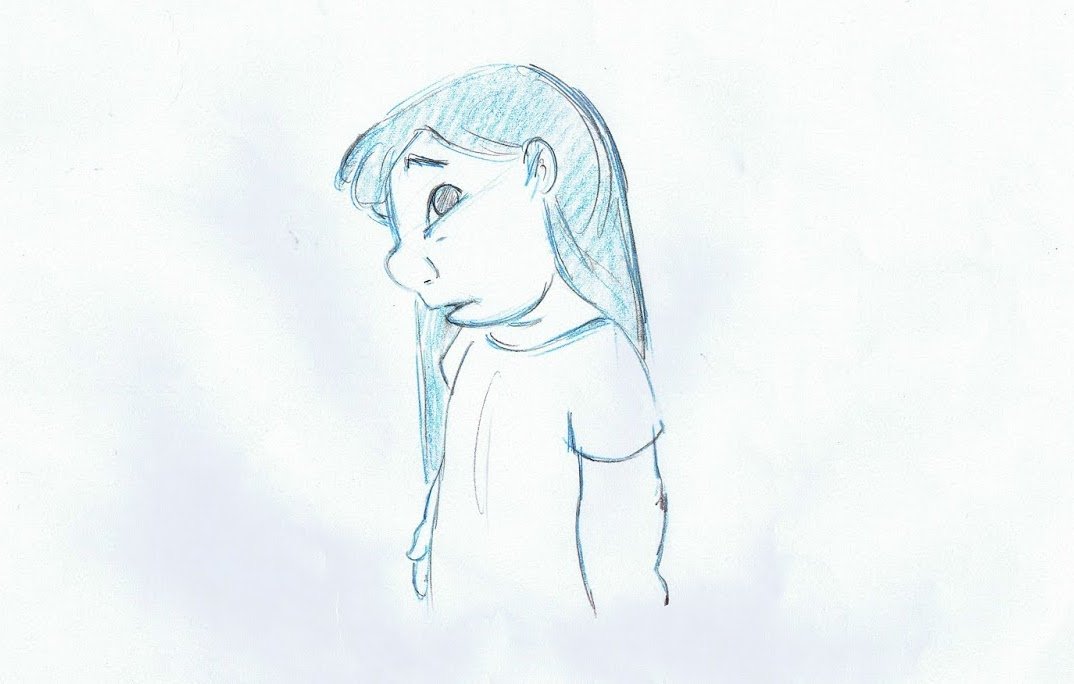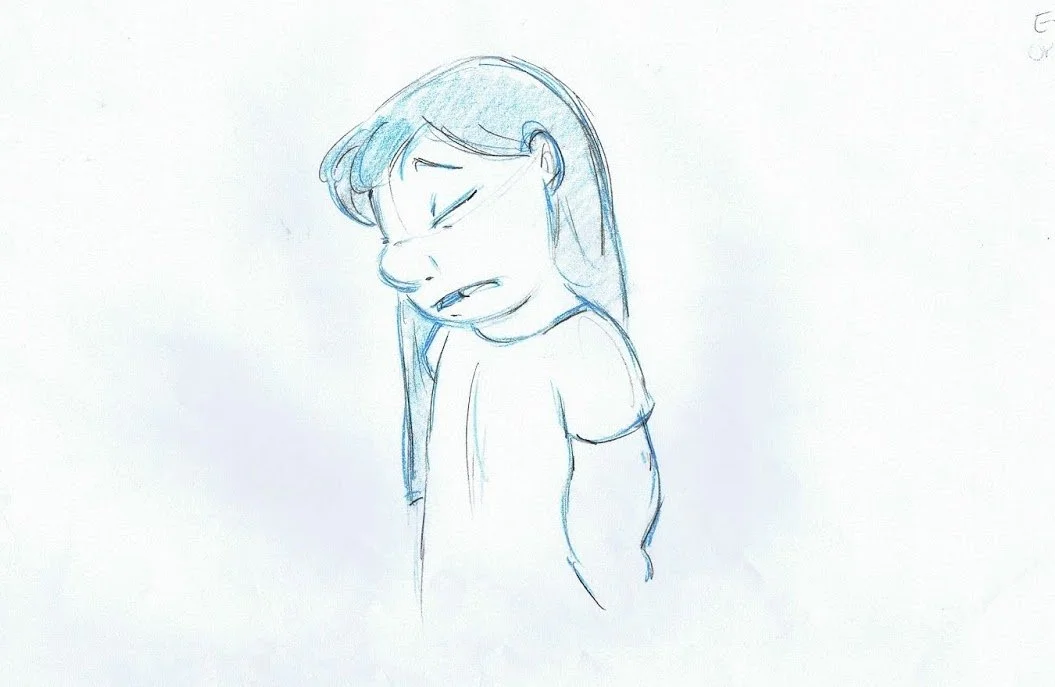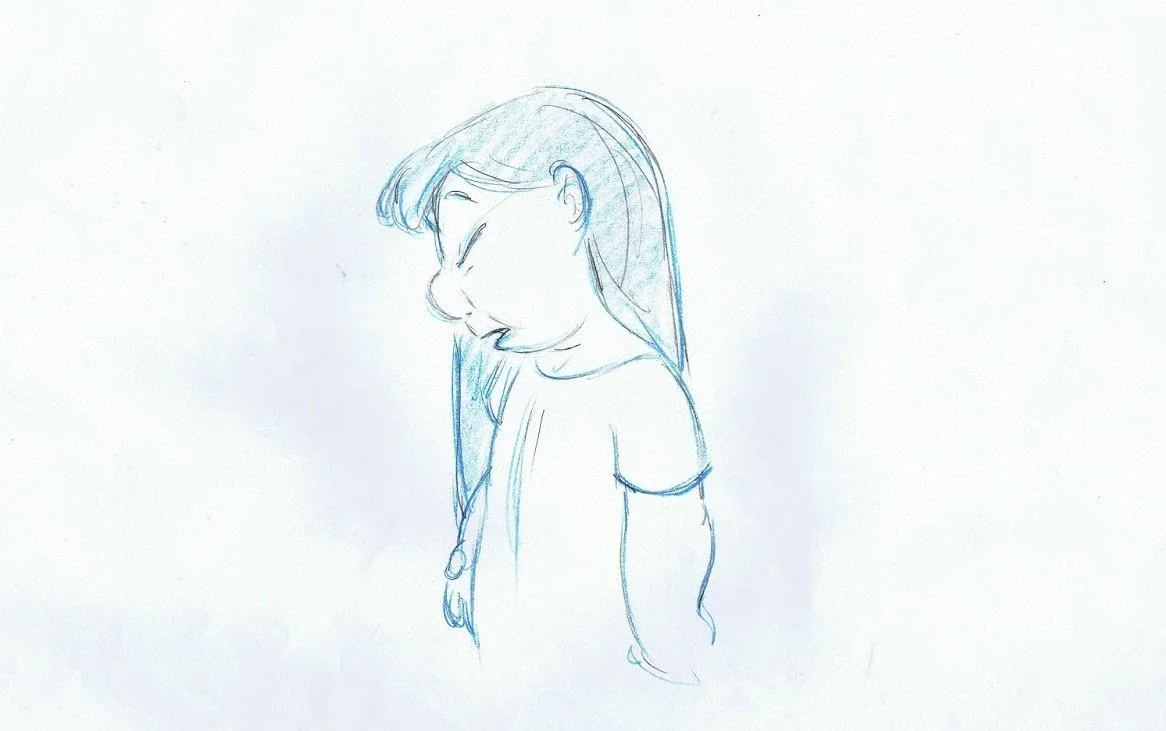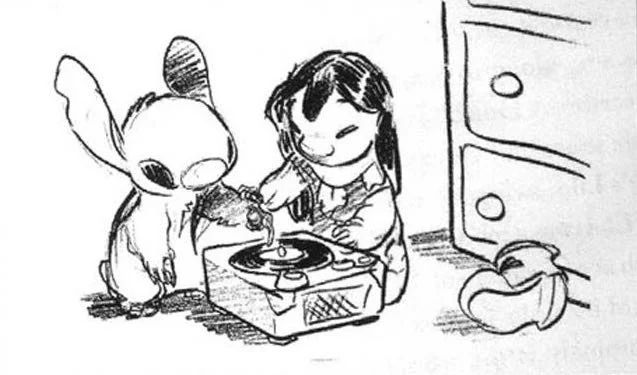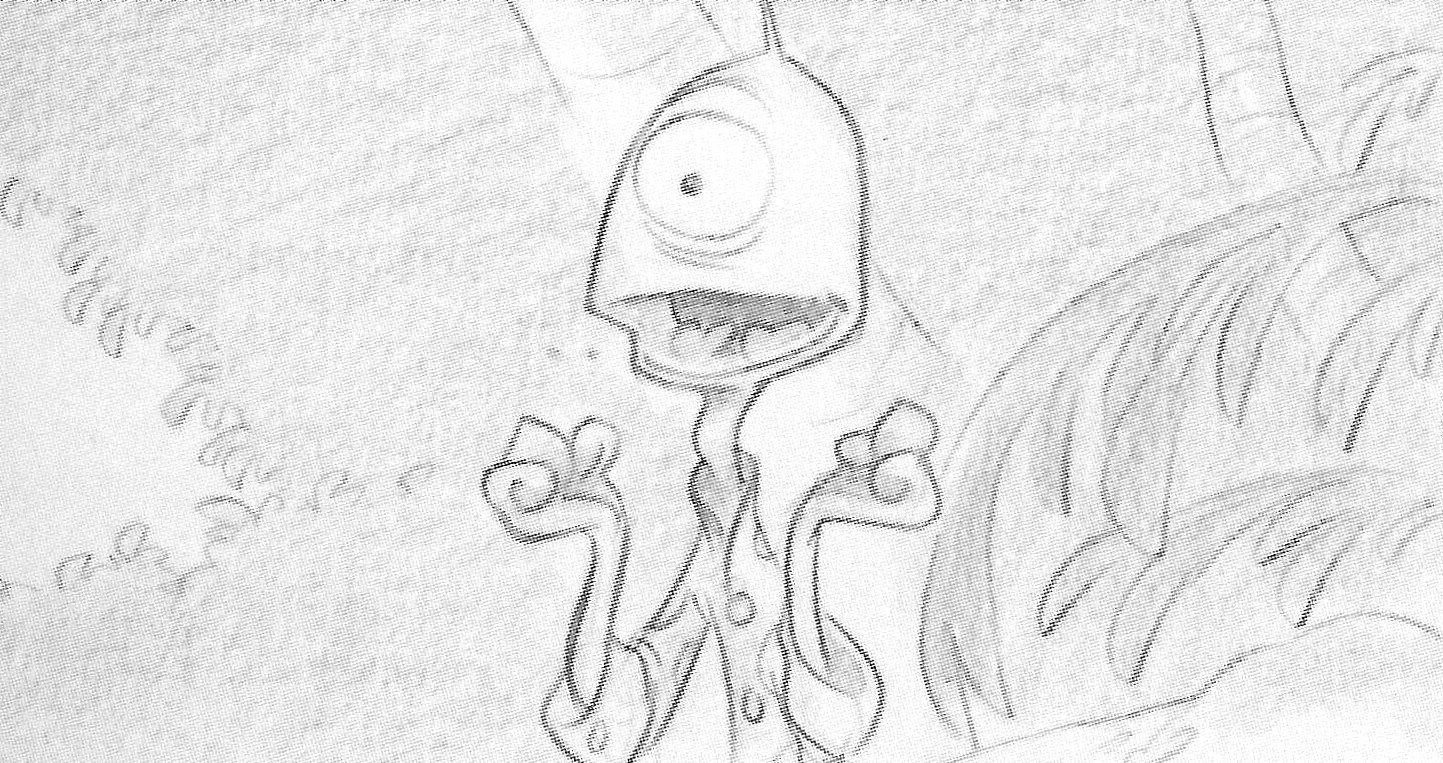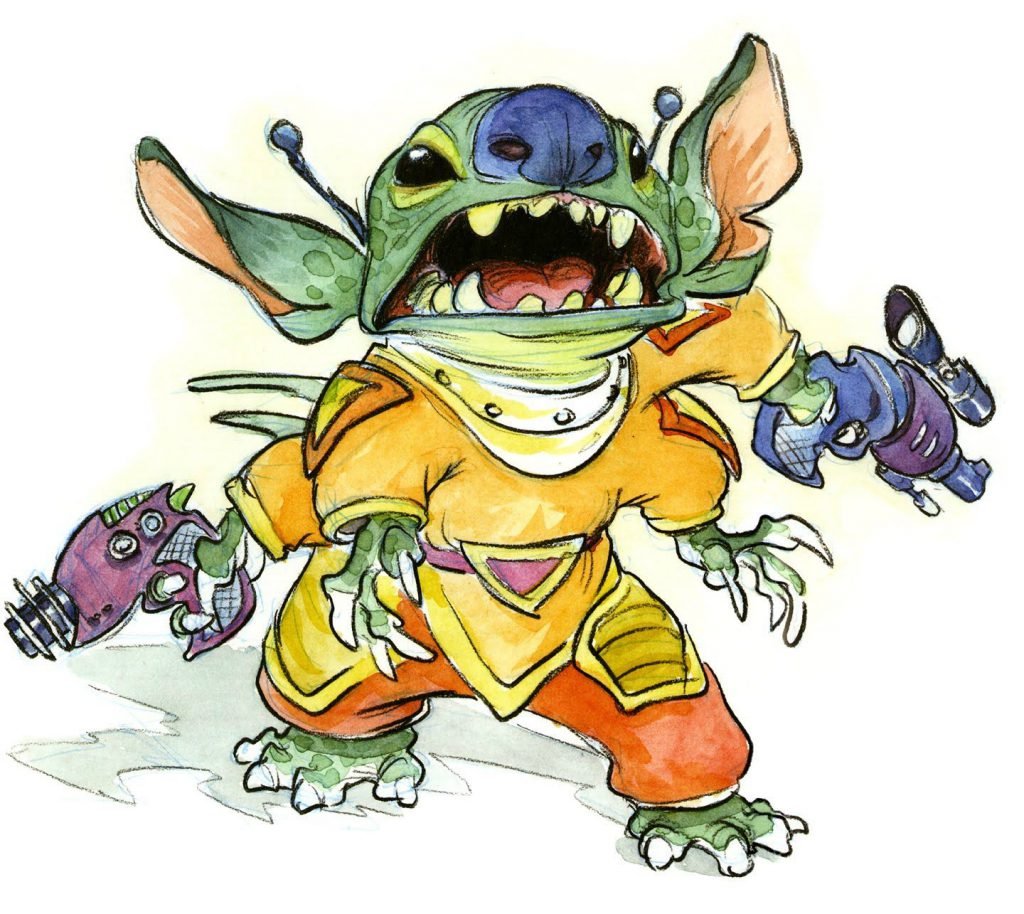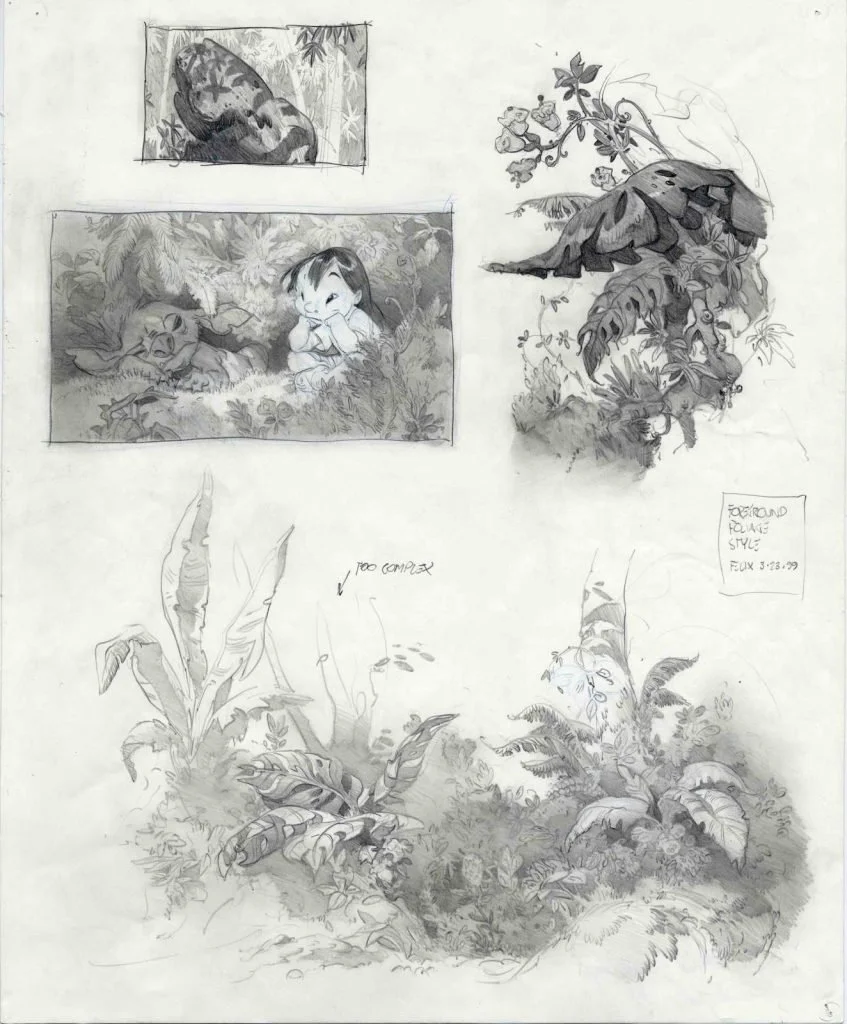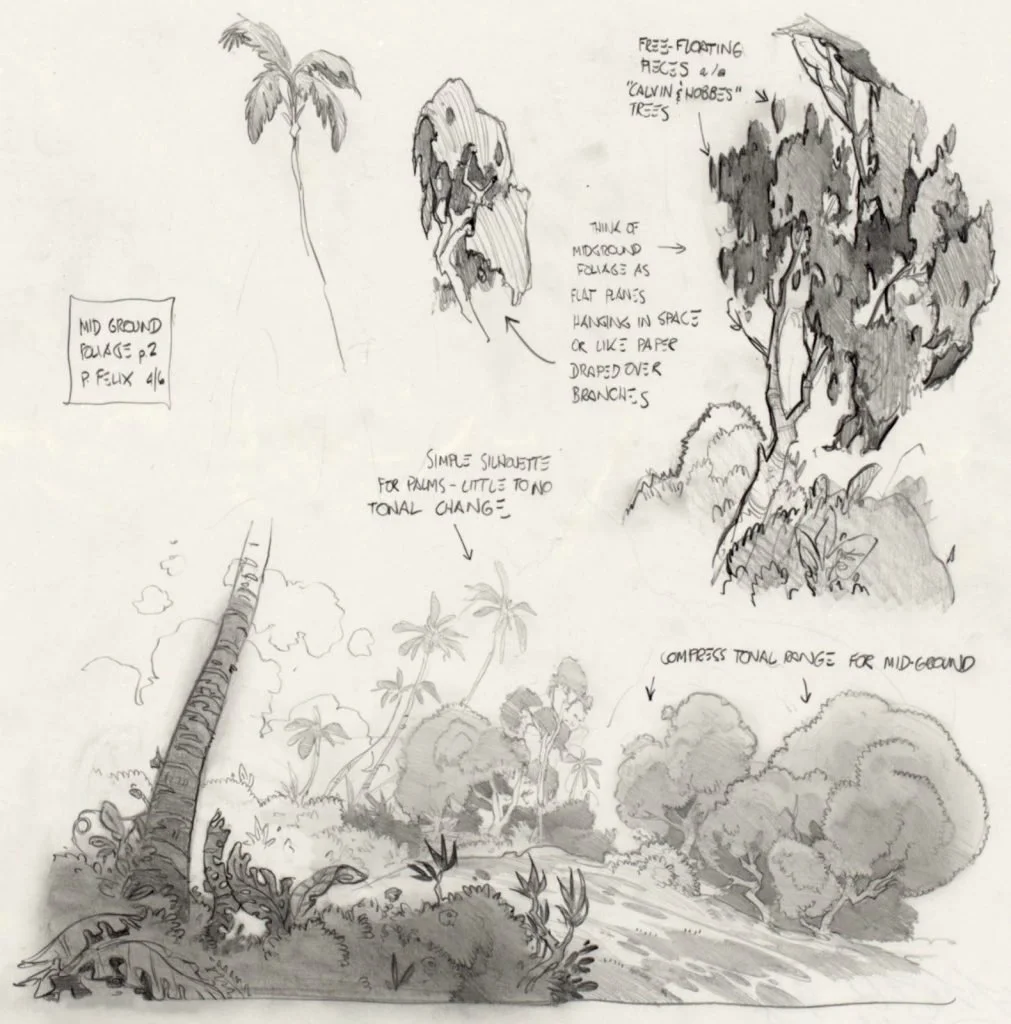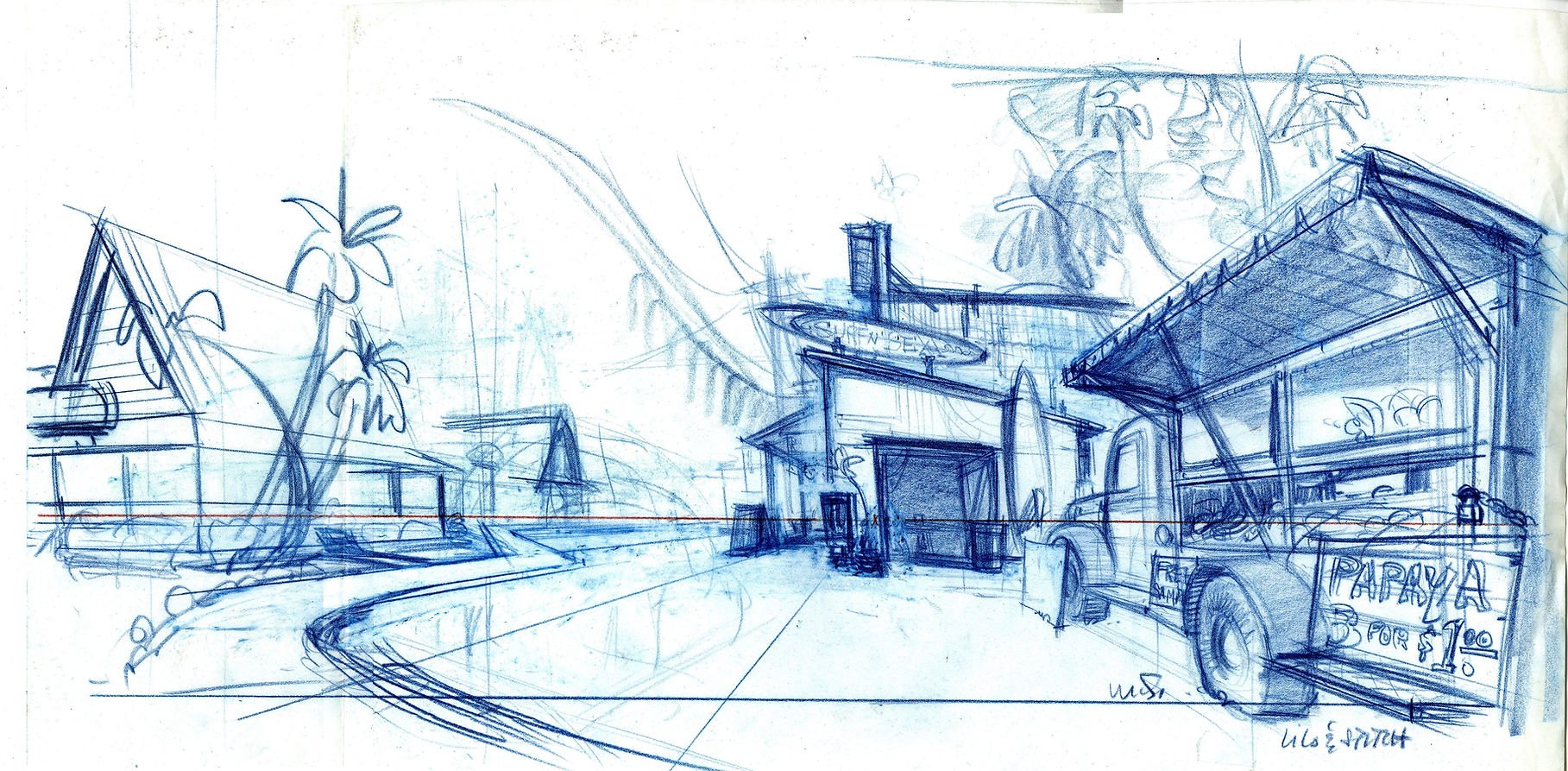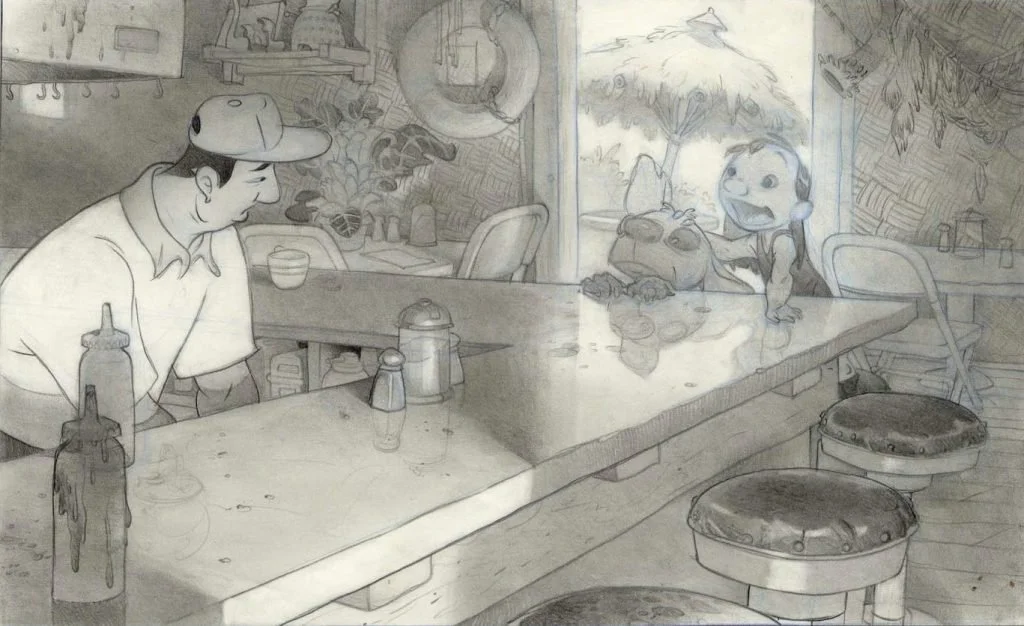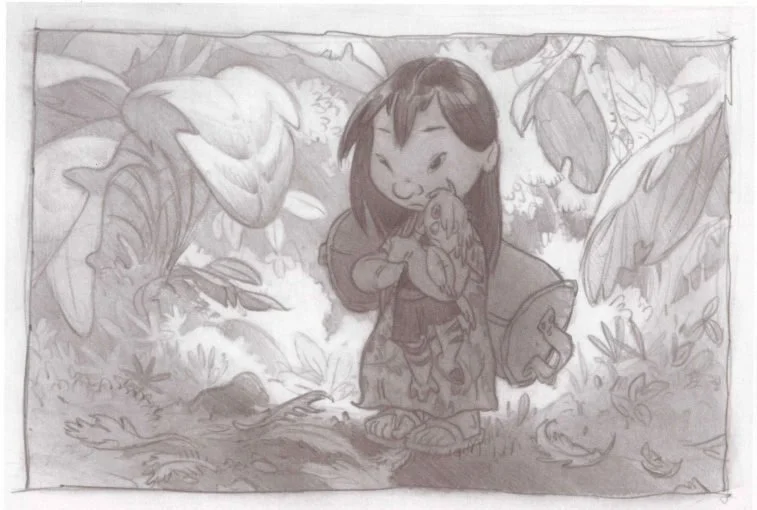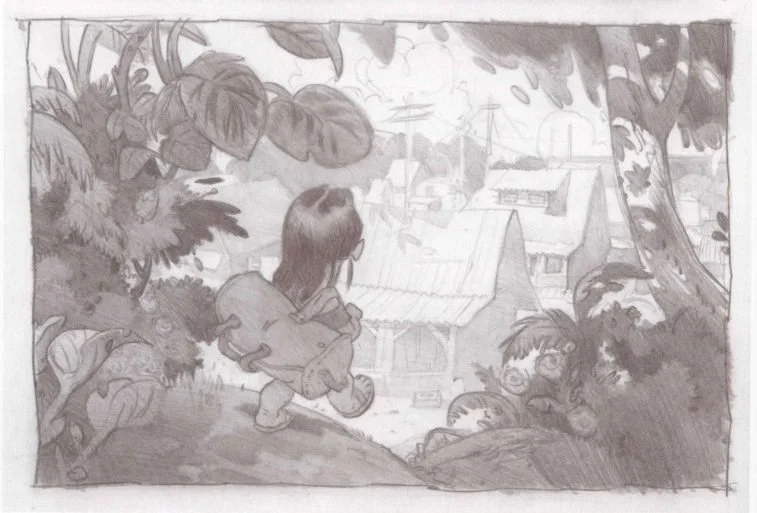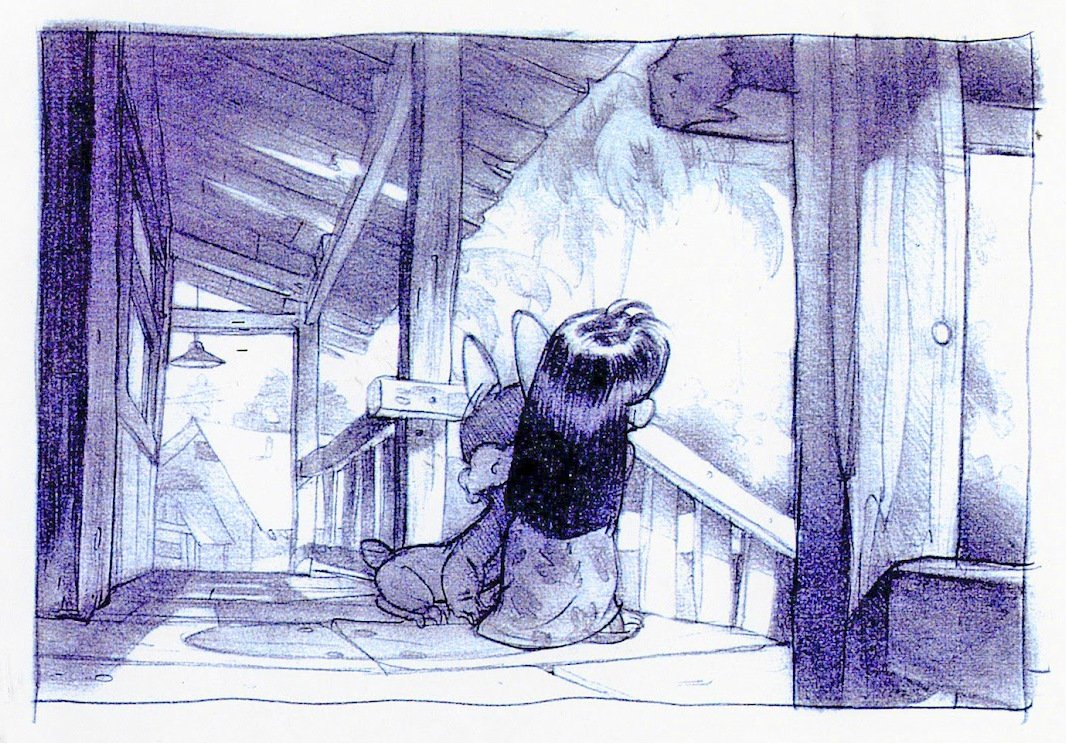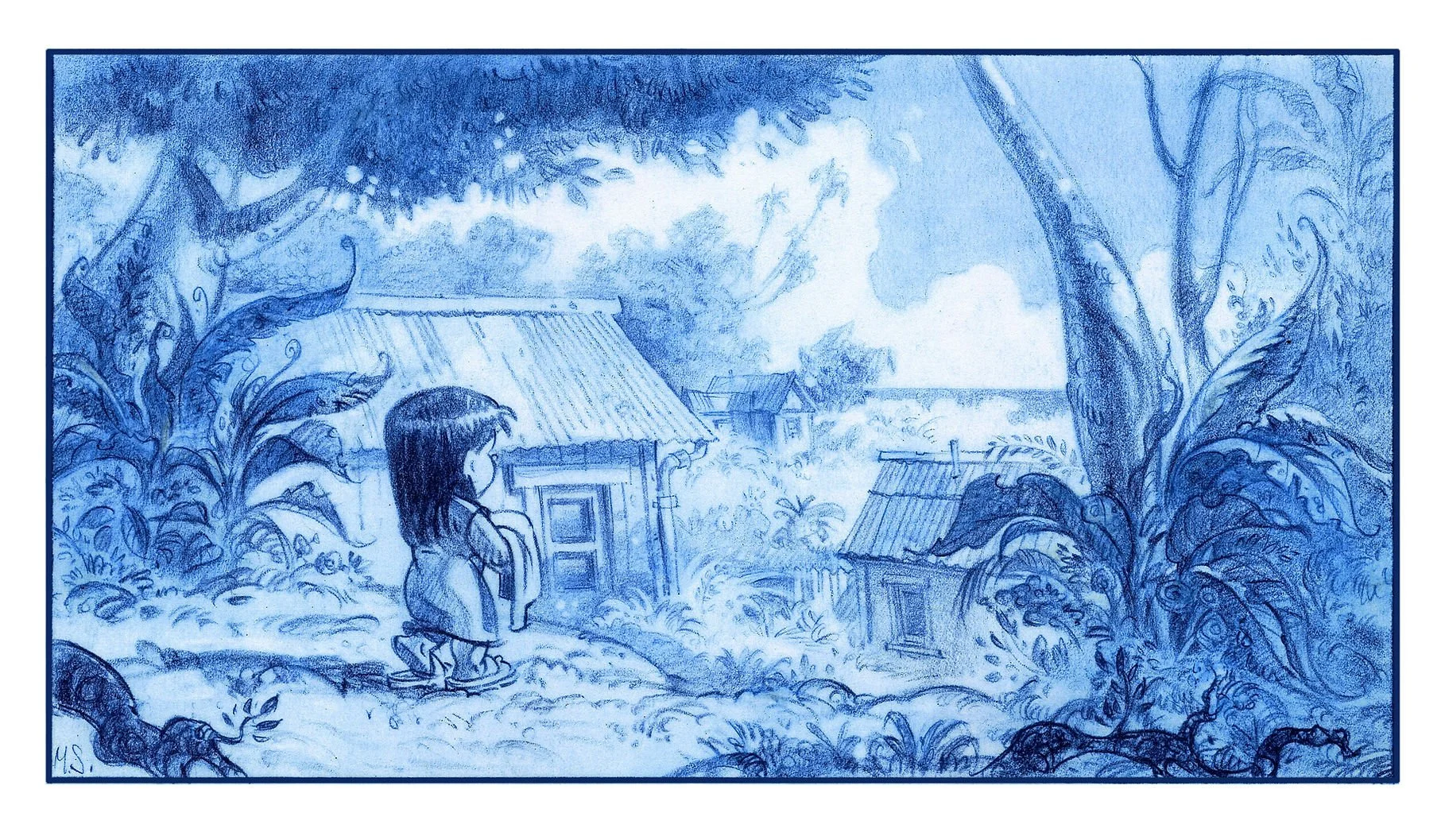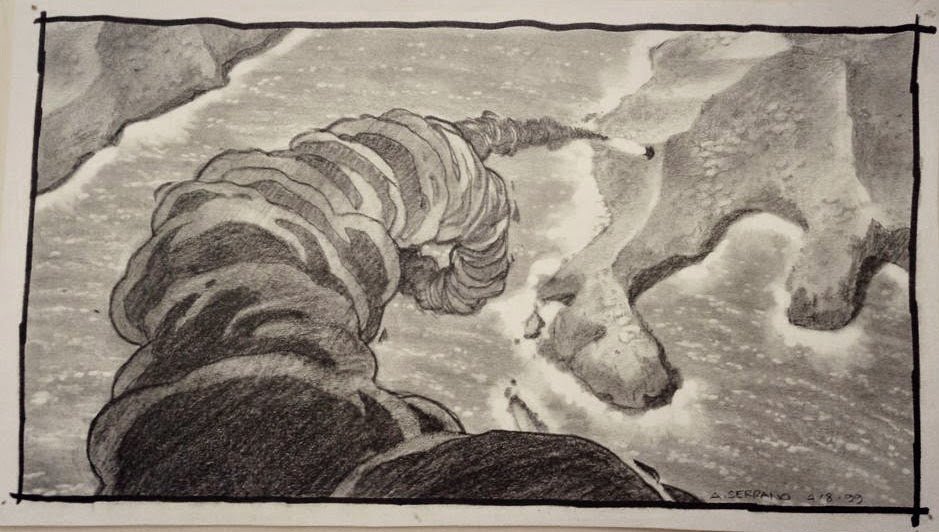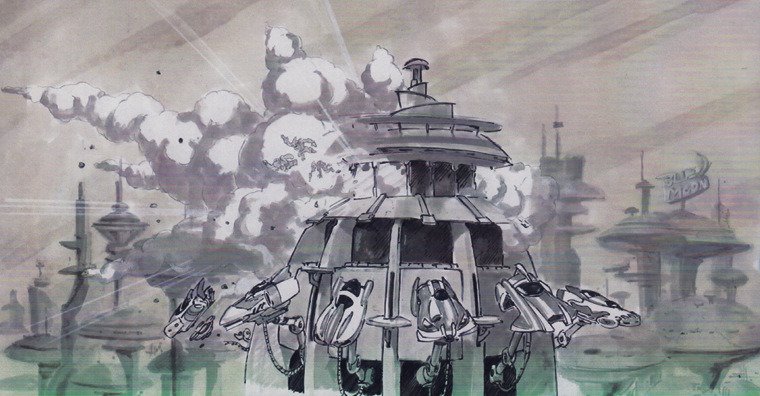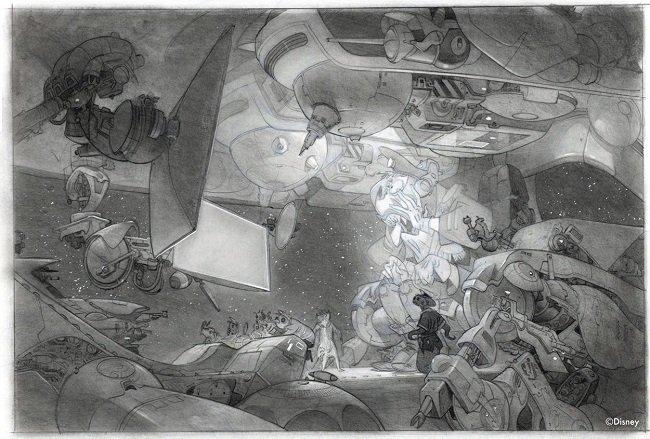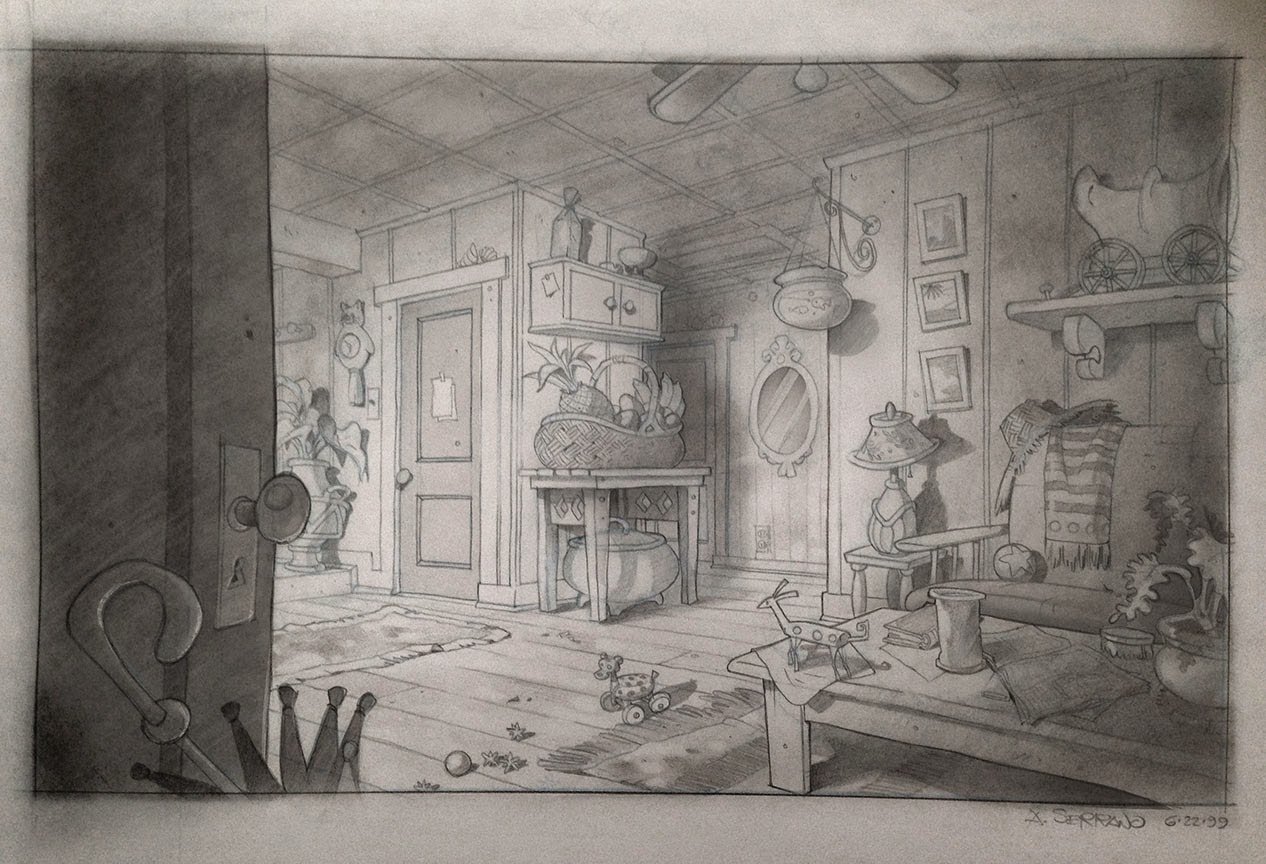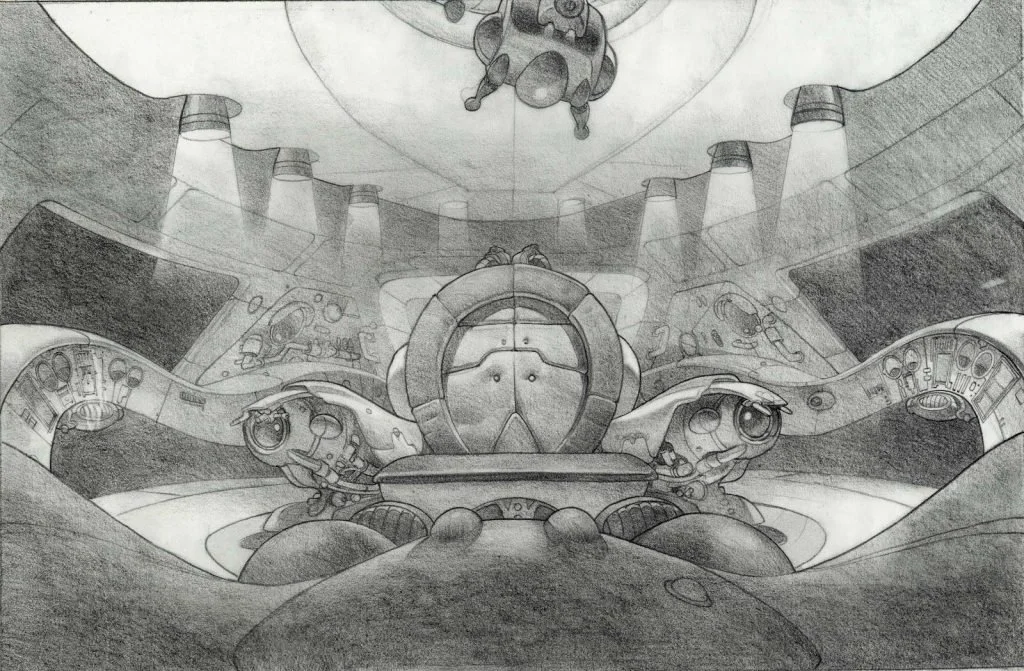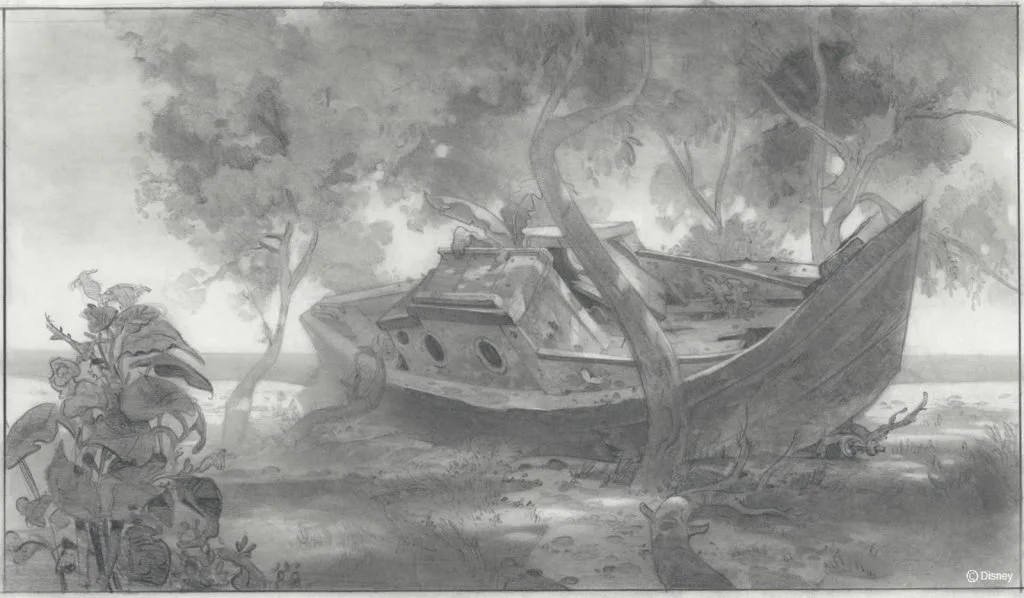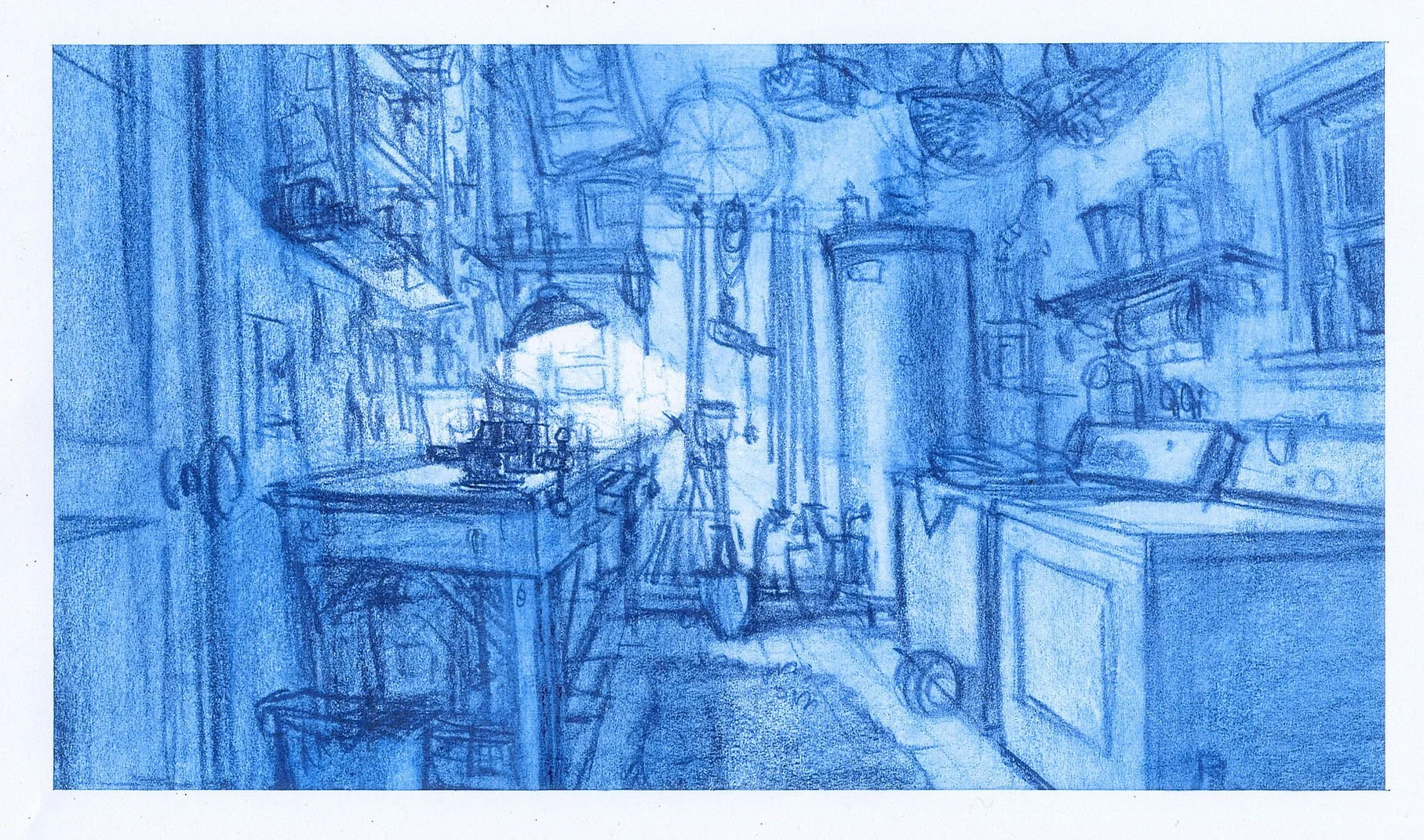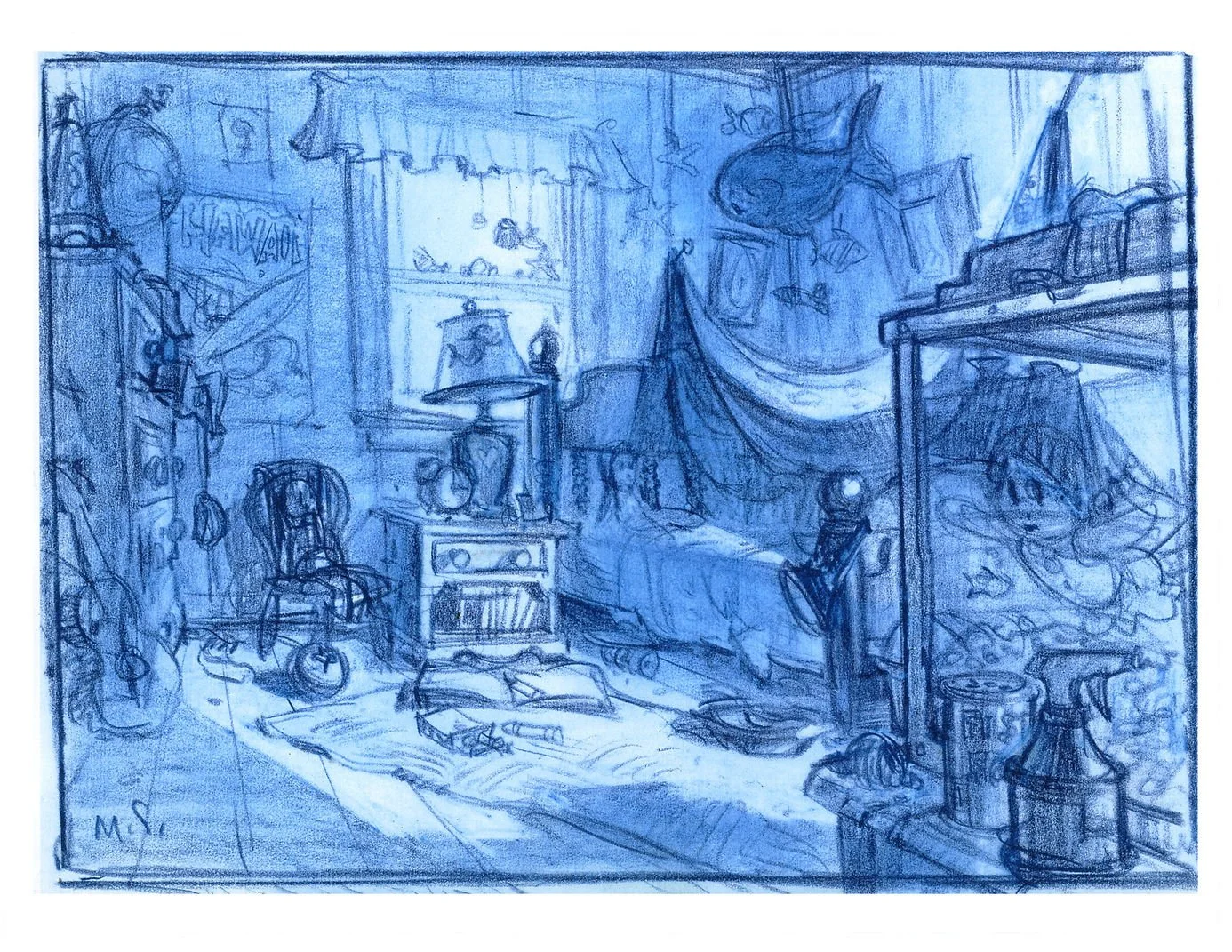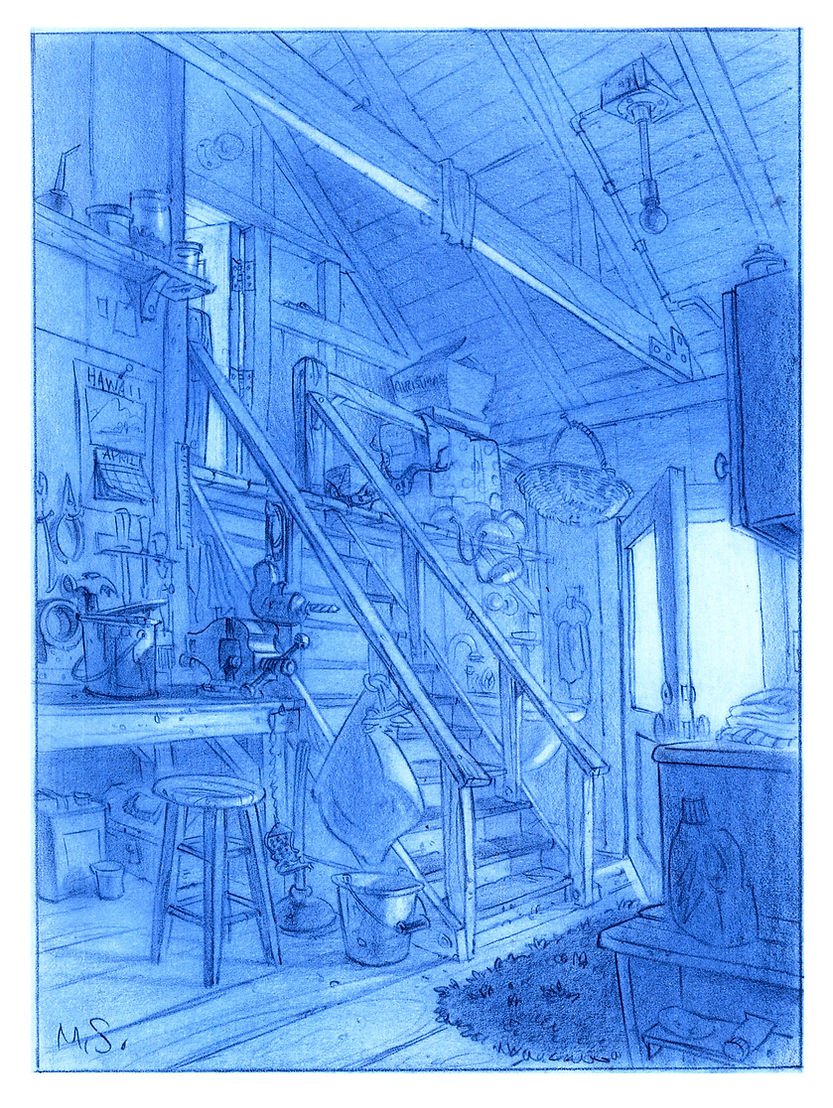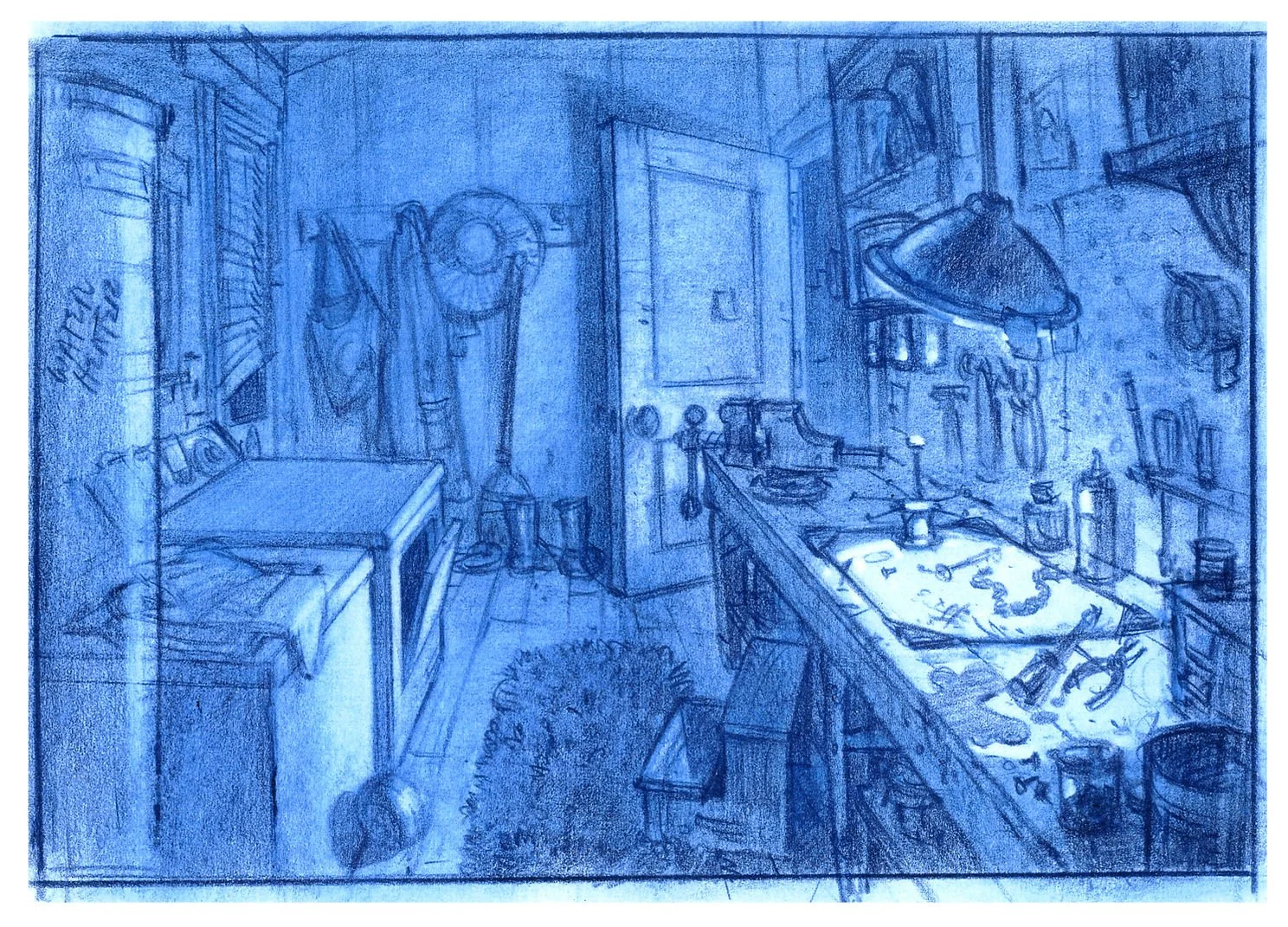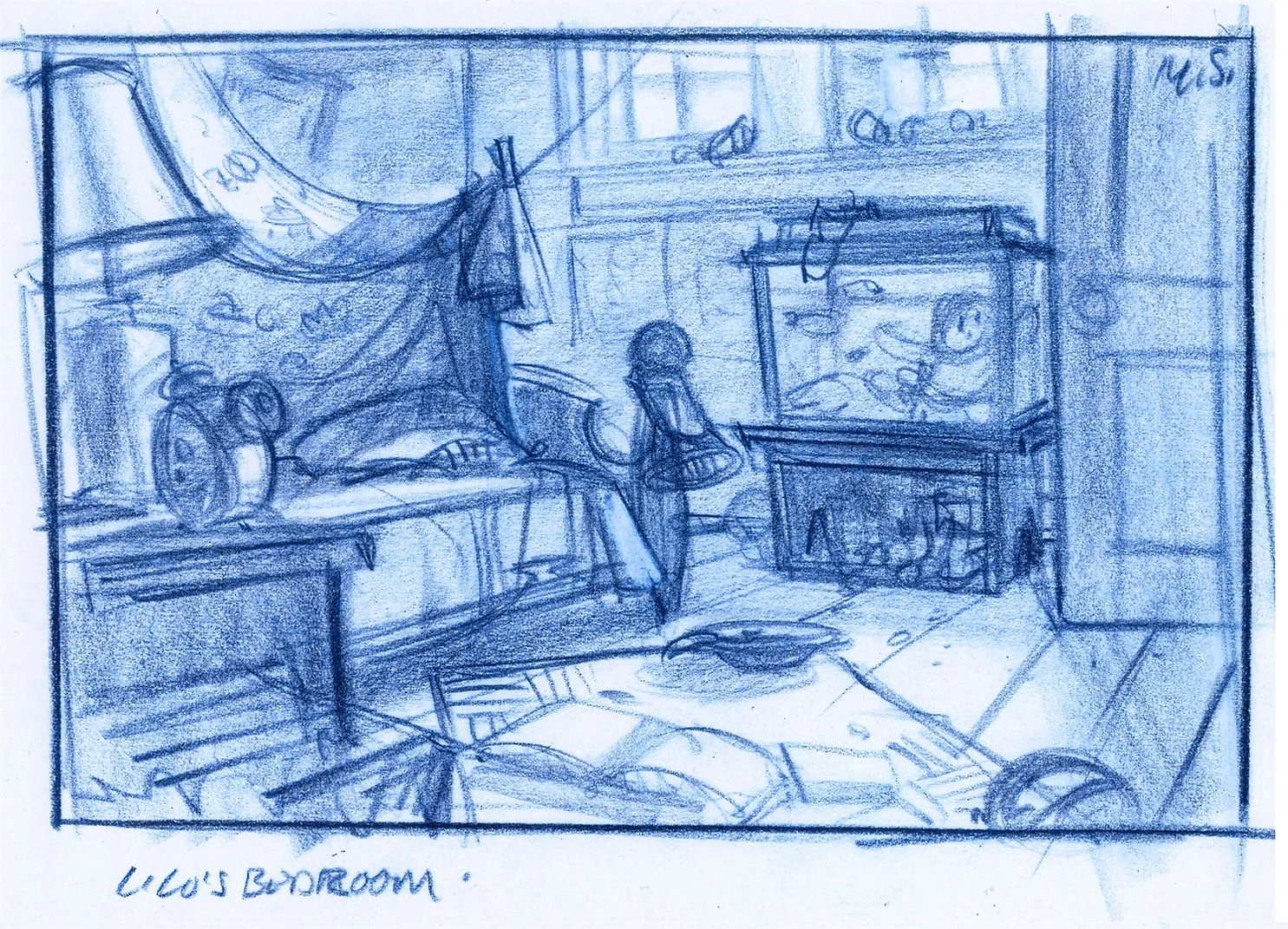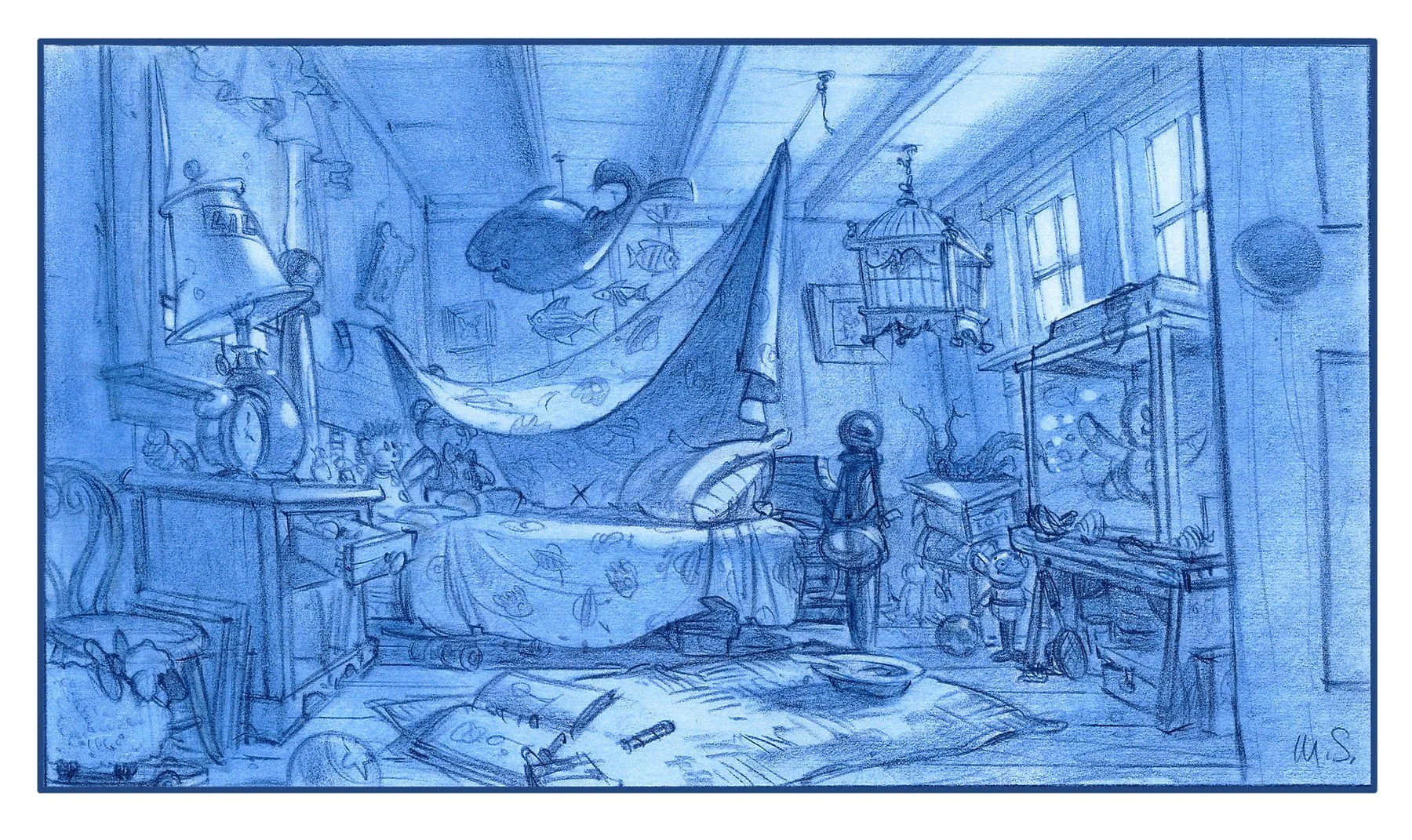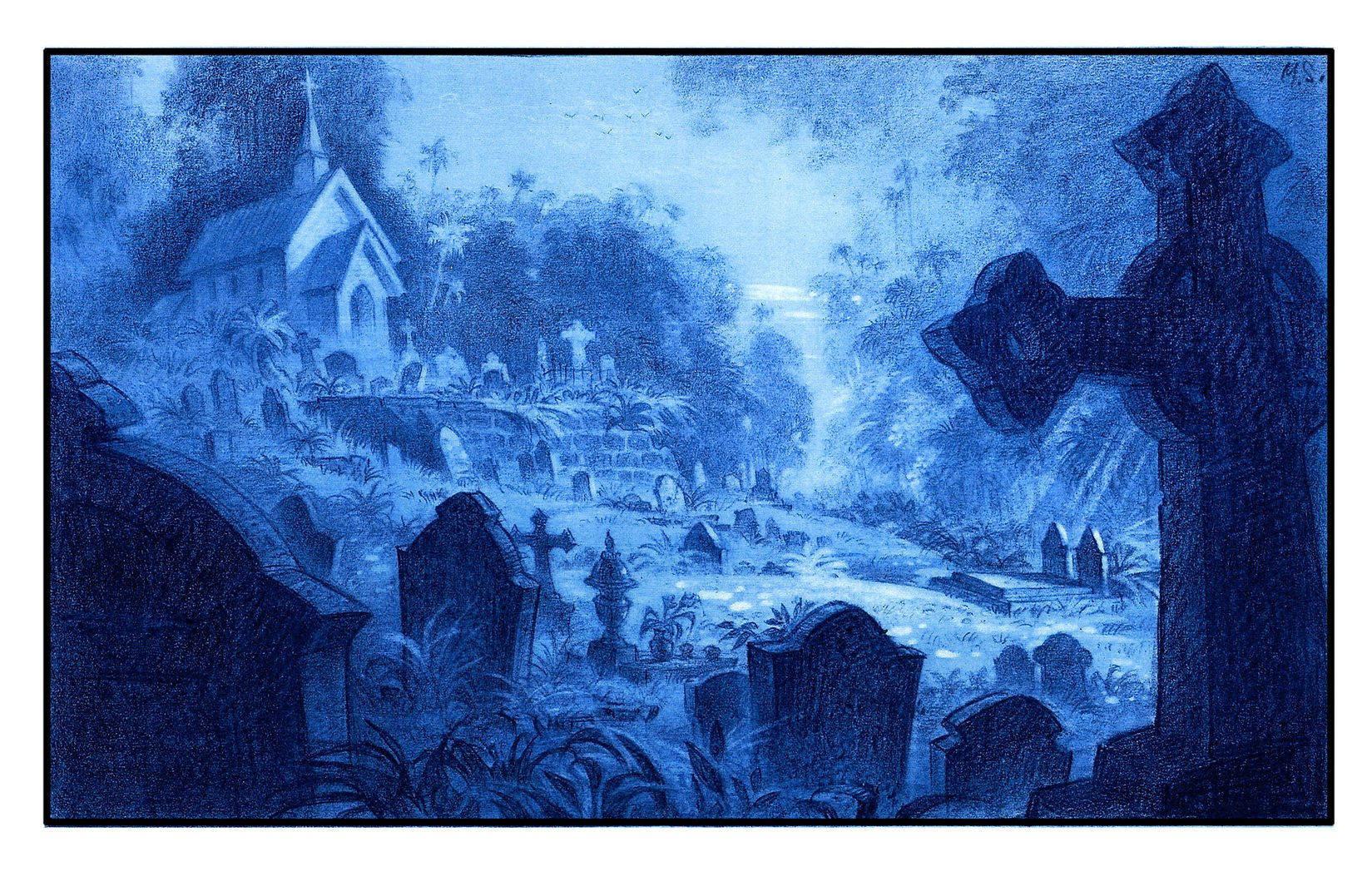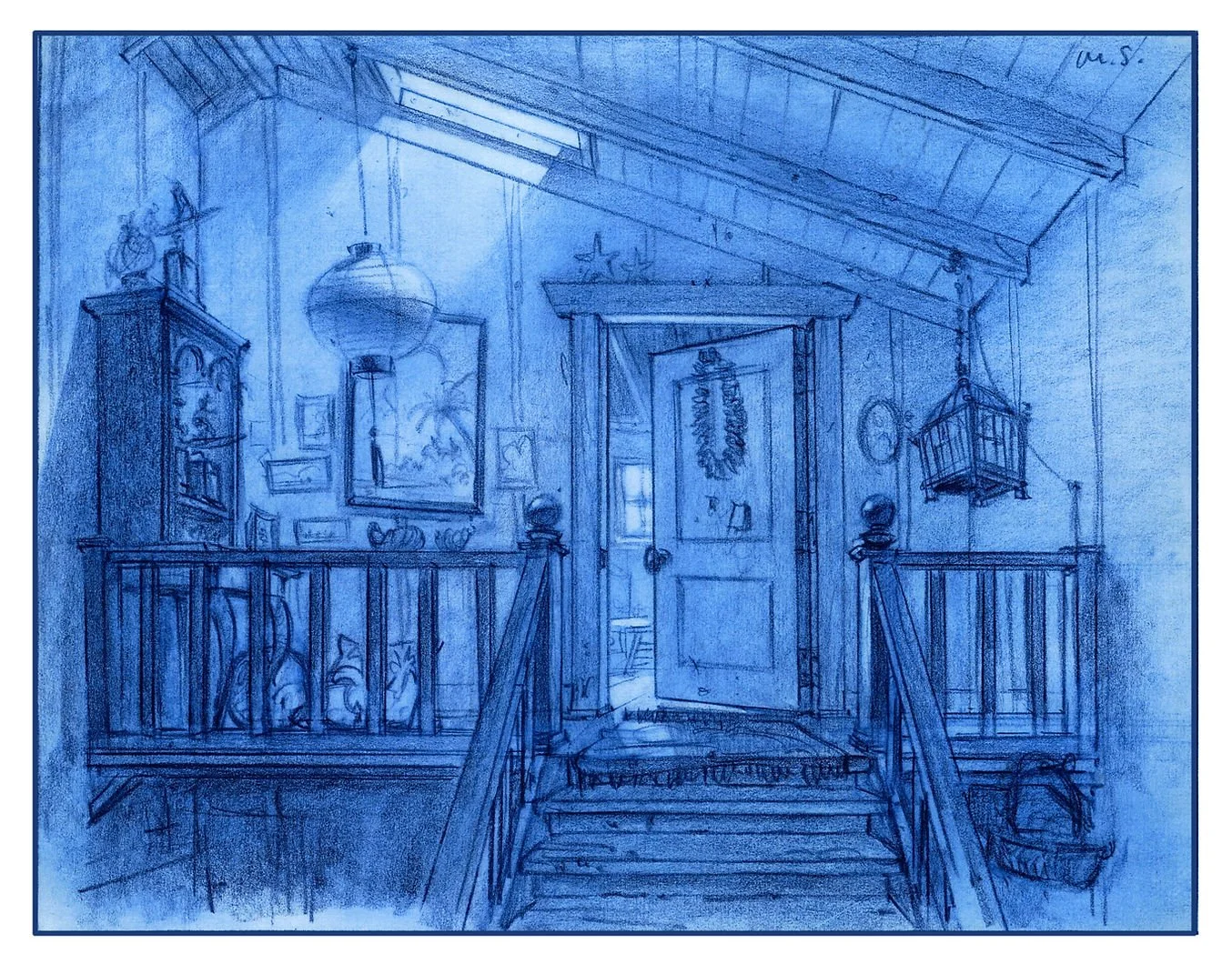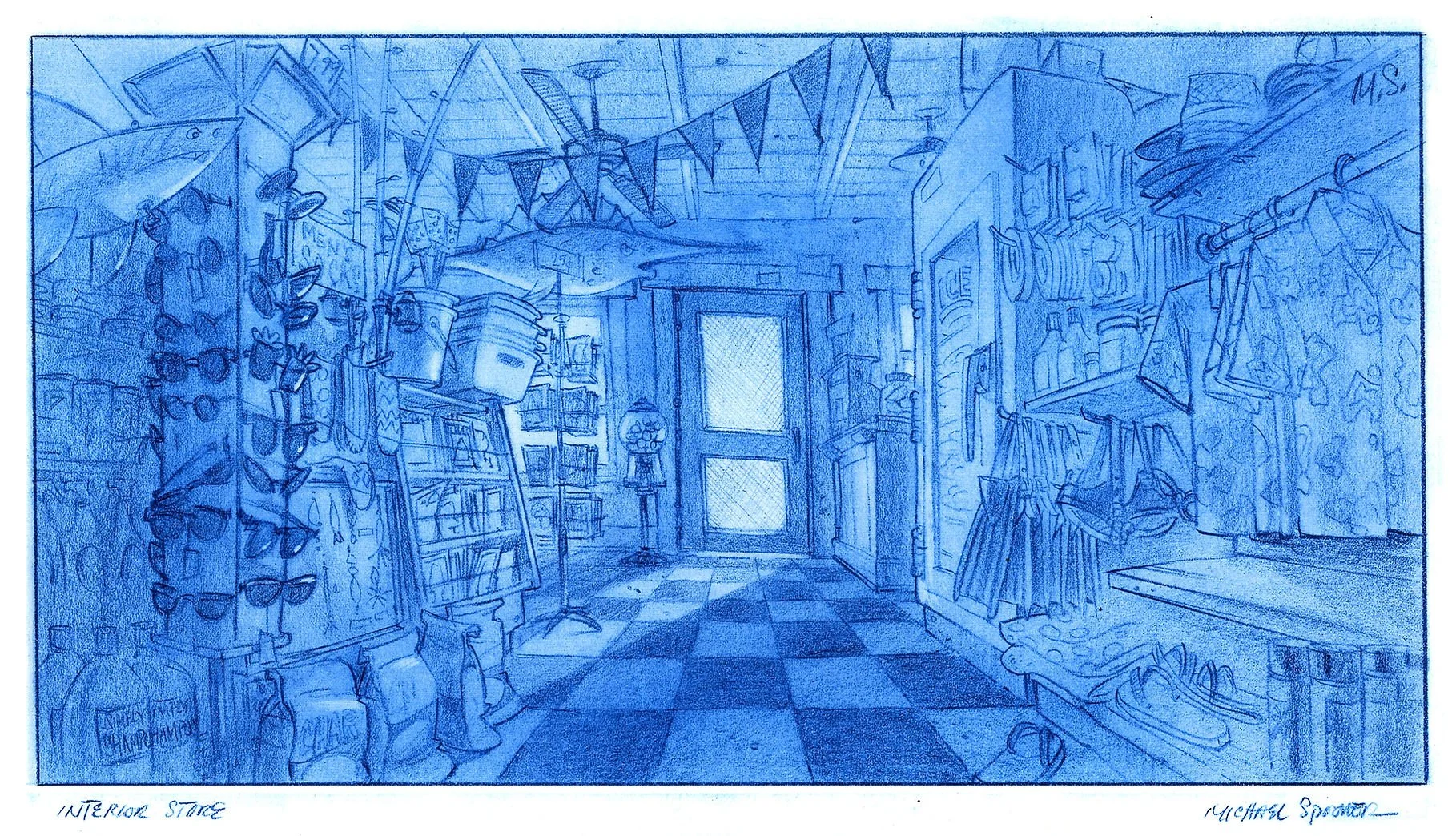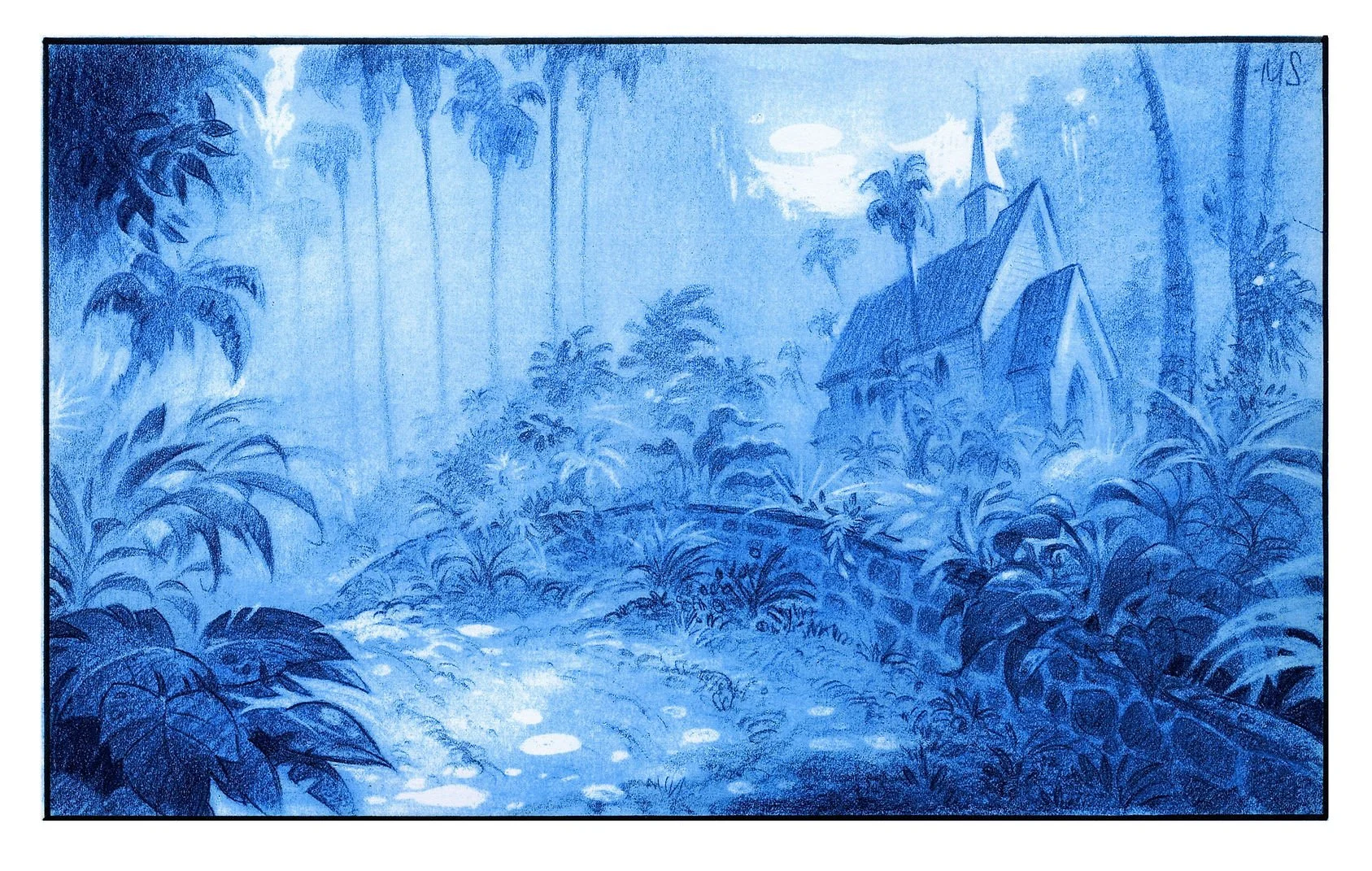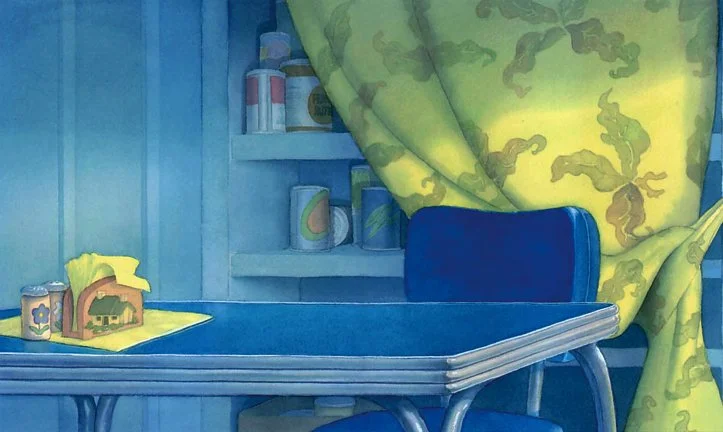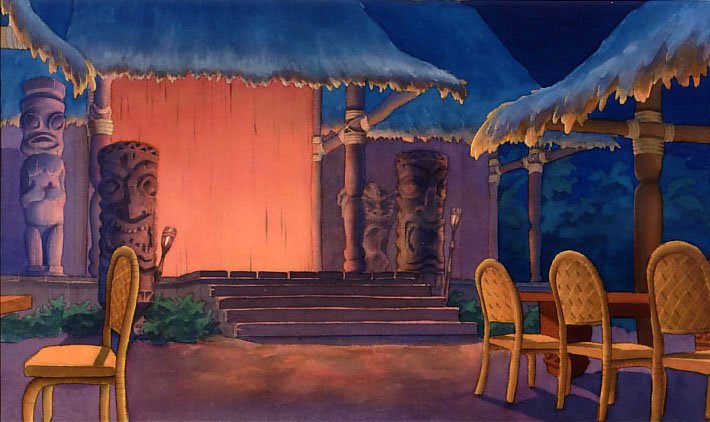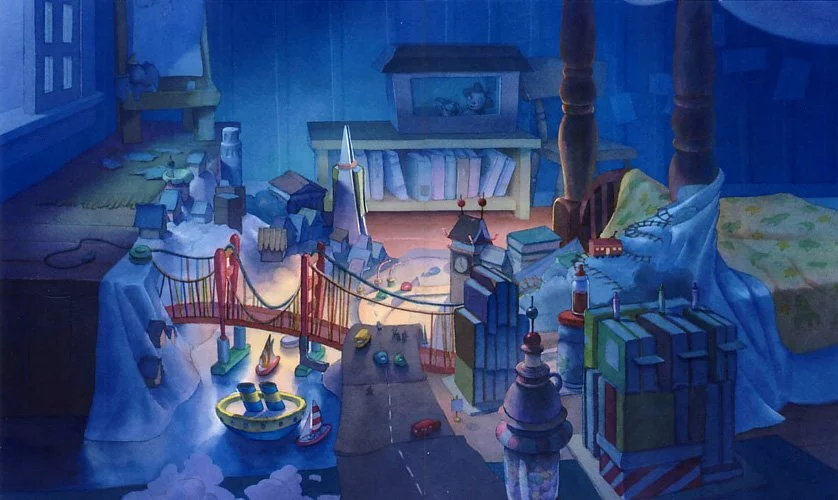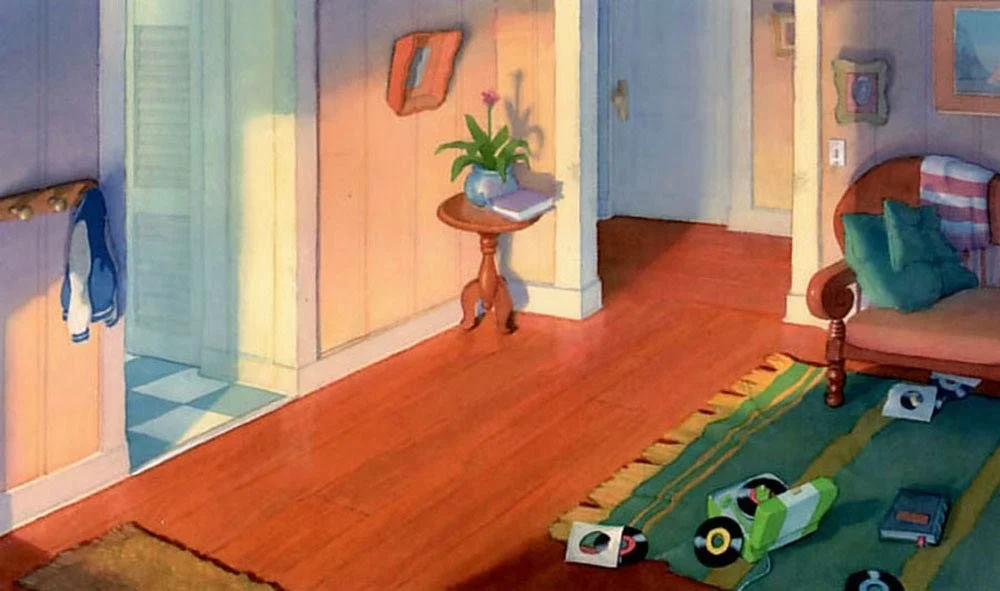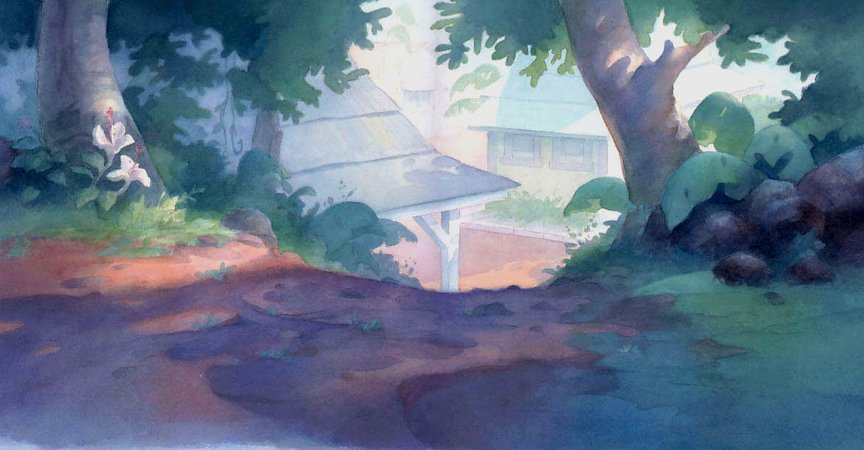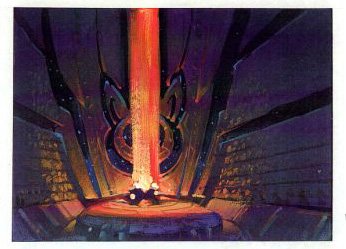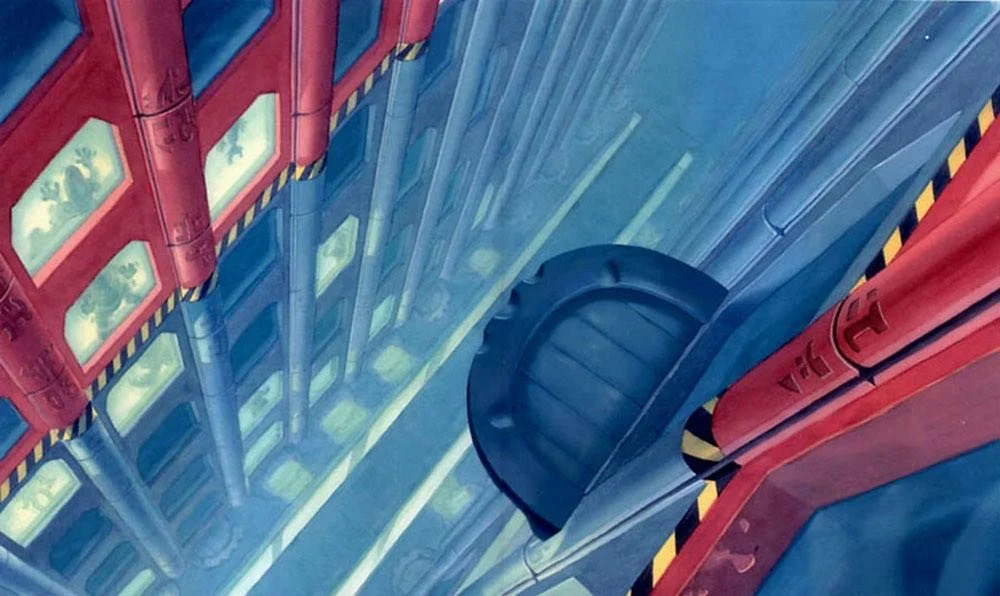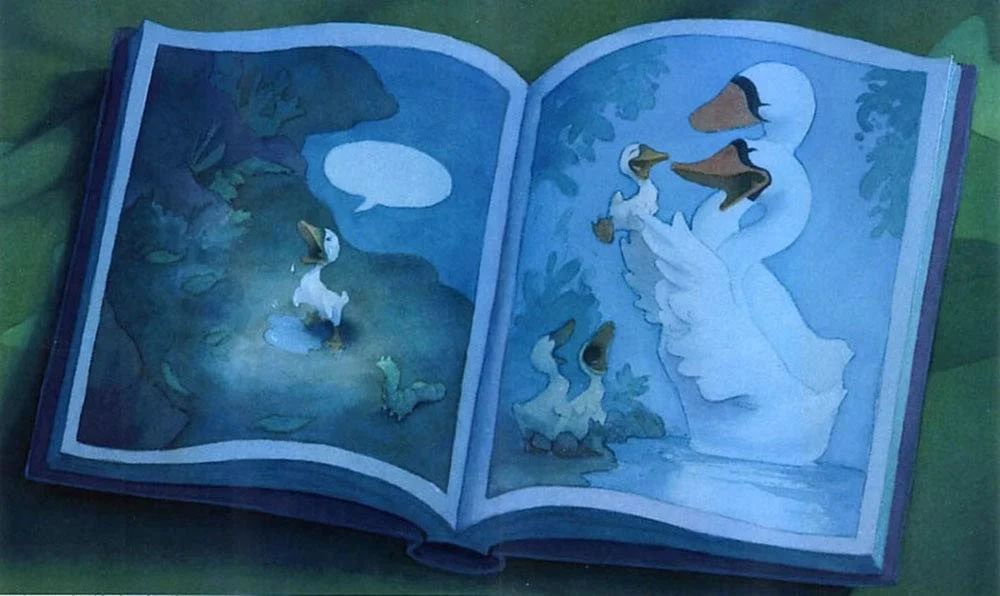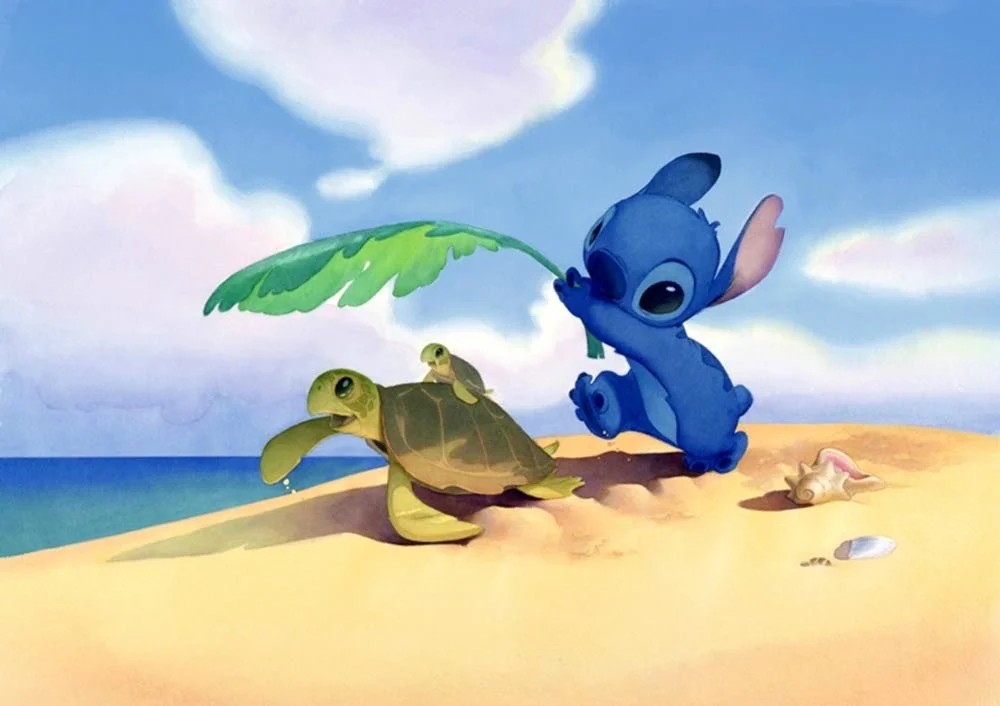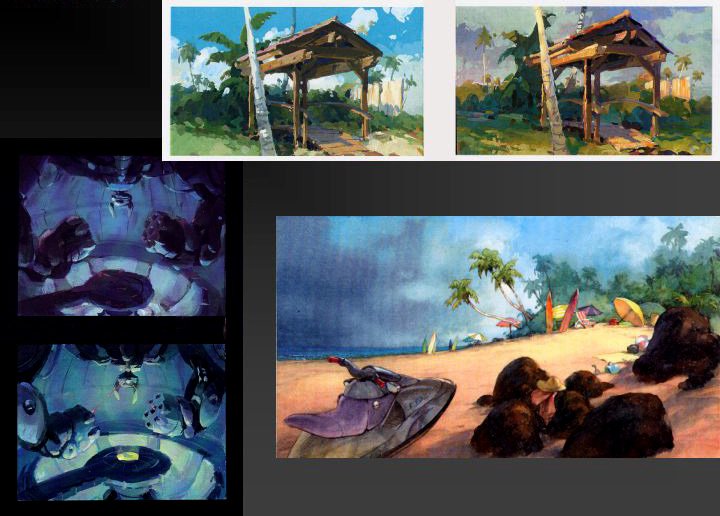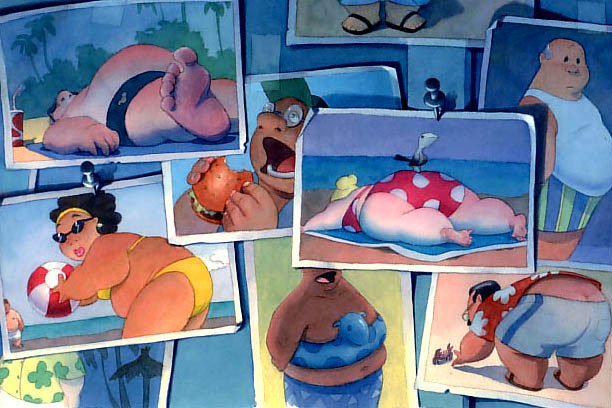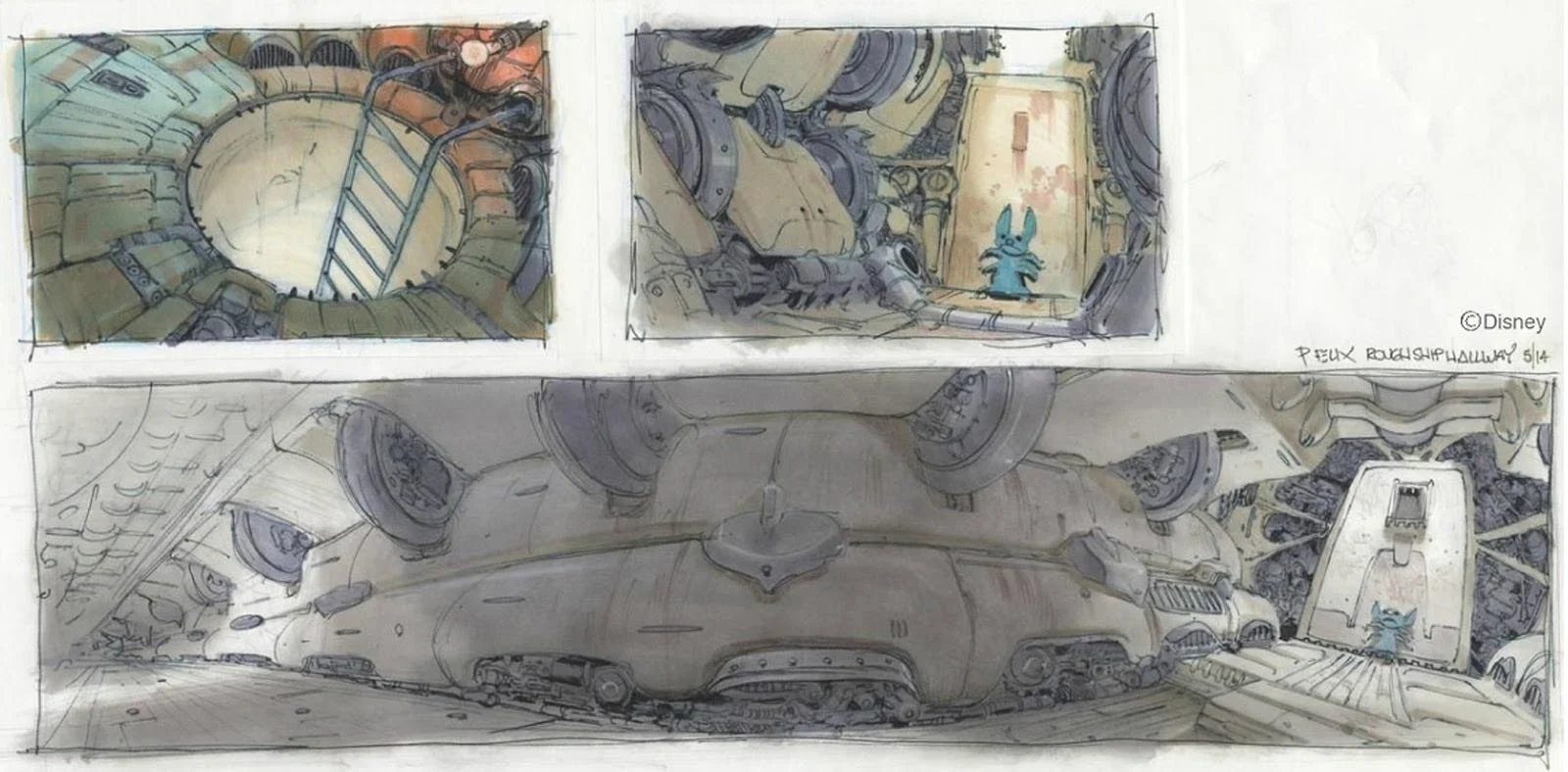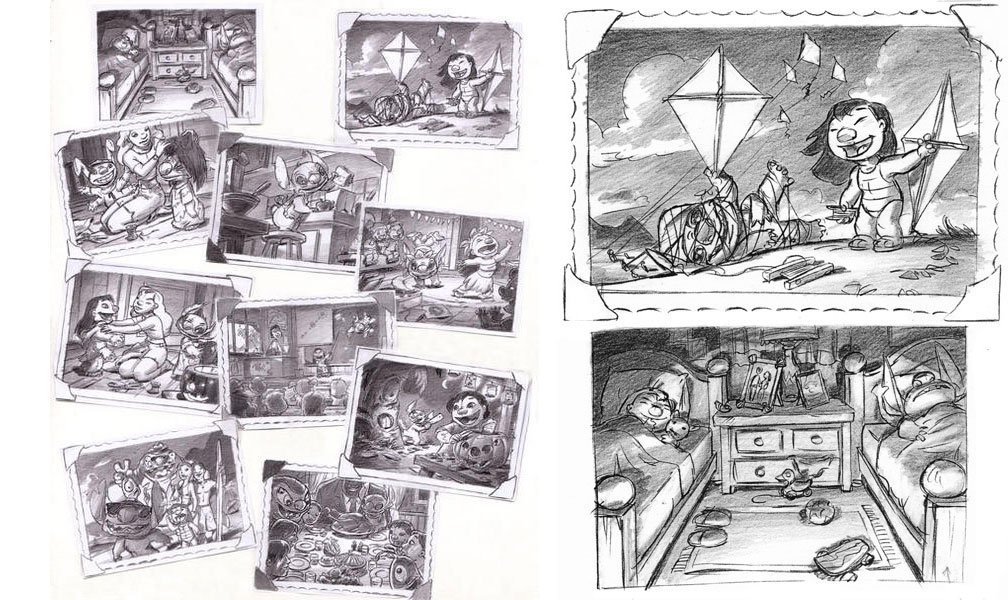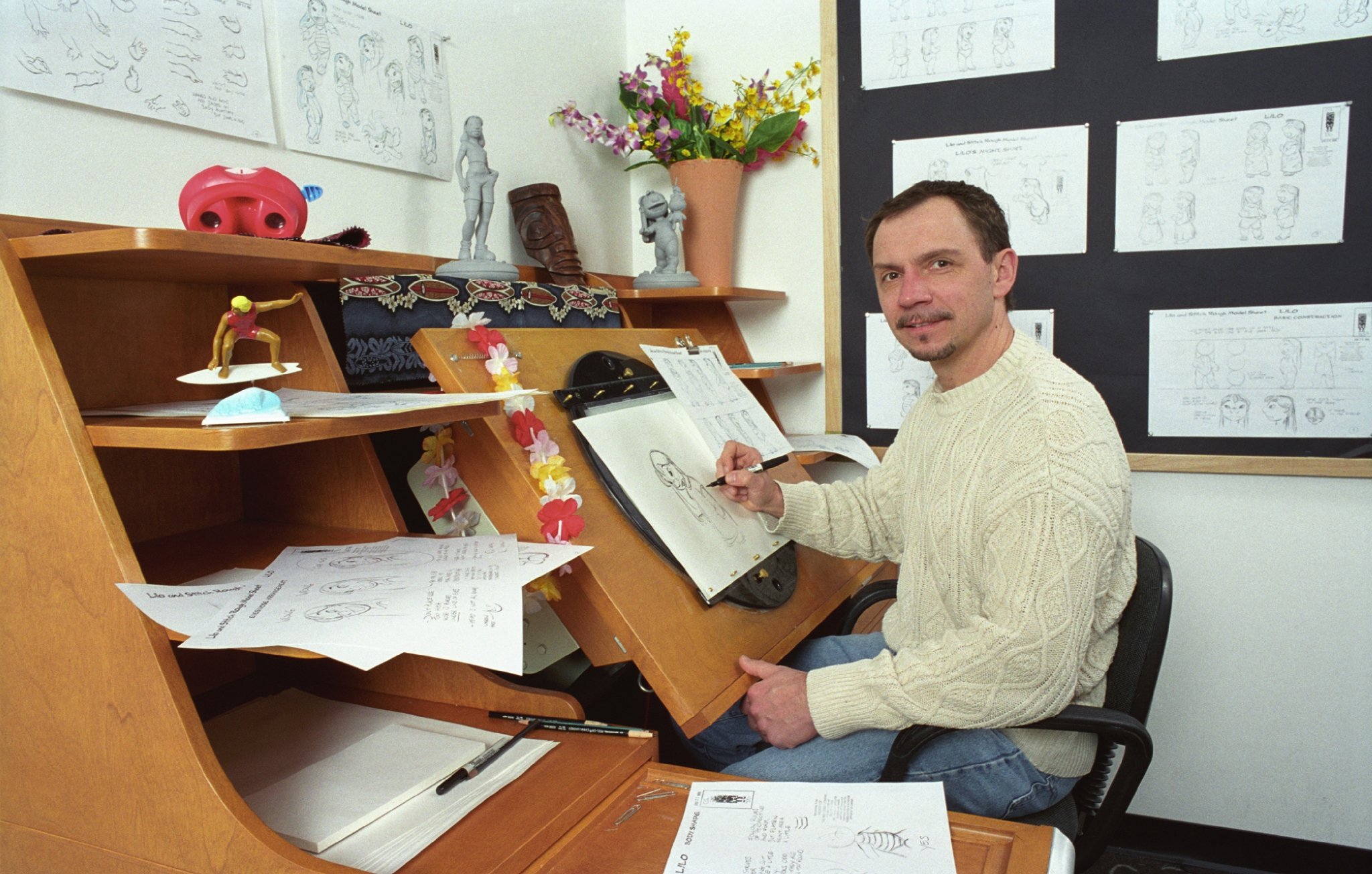Art of Lilo & Stitch
/ CDRLilo & Stitch is an animation movie produced by Walt Disney Feature Animation and directed by Chris Sanders and Dean DeBlois, in 2002. The movie was the second of three Disney animated features produced primarily at the Disney-MGM Studios in Walt Disney World near Orlando, Florida.
The film's story revolves around two individuals: a Hawaiian girl named Lilo Pelekai, who is raised by her older sister Nani after their parent's deaths, and an extraterrestrial creature called Experiment 626, who is adopted by Lilo as her "dog" and renamed "Stitch". The creature, who was genetically engineered to cause chaos and destruction, initially uses Lilo to avoid recapture by the intergalactic federation after him, but they develop a close bond through the Hawaiian concept of ʻohana, or extended family, causing Stitch to reconsider his intended destructive purpose in order to keep his newfound family together.
Production of Lilo & Stitch began with then-Disney CEO Michael Eisner deciding that, in the wake of a number of high-profile and large-budget Disney animated features during the mid-1990s, the studio might try its hand at a smaller and less expensive film. The idea was inspired by the production of Dumbo, an economically-made 1941 Walt Disney film produced in the wake of the more expensive Pinocchio and Fantasia. Chris Sanders, a head storyboard artist at Disney Feature Animation, was approached to pitch an idea. Sanders had created the character of Stitch in 1985 for an unsuccessful children's book pitch and had to now develop a concept that featured the character in an animated film. The storyline required a remote, non-urban location, so the movie was originally intended to take place in Kansas. Sanders's decision to change the film's setting to the Hawaiian island of Kauaʻi was an important choice in defining the plot more clearly. No other animated feature had ever taken place on any of the Hawaiian islands before. In Sanders's words: “Animation has been set so much in ancient, medieval Europe, so many fairy tales find their roots there, that to place it in Hawaiʻi was kind of a big leap. But that choice went to color the entire movie, and rewrite the story for us”.
Dean DeBlois, who had served as "story co-head" in Mulan (1998), was brought on to co-write and co-direct Lilo & Stitch, while Disney executive Clark Spencer was assigned to produce. Unlike several previous and concurrent Disney Feature Animation productions, the film's pre-production team remained relatively small and isolated from upper management until the film went into full production. The character and set designs were based on Sanders's personal artistic style. While the animation team visited Kauaʻi to research the locale, their tour guide explained the meaning of ʻohana as it applies to extended families. This concept of ʻohana became an important part of the movie. DeBlois recalls: “No matter where we went, our tour guide seemed to know somebody. He was really the one who explained to us the Hawaiian concept of ʻohana, a sense of family that extends far beyond your immediate relatives. That idea so influenced the story that it became the foundation theme, the thing that causes Stitch to evolve despite what he was created to do, which is destroy”. The island of Kauaʻi had also been featured in such films as Raiders of the Lost Ark, and those from the Jurassic Park trilogy. The Disney animators faced the daunting task of meshing the film's plot, which showed the impoverished and dysfunctional life that many Hawaiians lived during the then-recent economic downturn, with the island's serene beauty. The actors voicing the film's young adults, Nani and David, were Tia Carrere, a local of Honolulu, and Jason Scott Lee, who is of Hawaiian descent and was raised in Hawaii. The voice actors assisted with rewriting the Hawaiian characters' dialogue in the proper colloquial dialect, and also with the task of adding Hawaiian slang terms. One innovative and unique aspect of the film is its strong focus on the relationship between two sisters: Lilo and Nani. Making the relationship between sisters into a major plot element is very rare in American animated films.
In a deviation from several decades' worth of Disney features, Sanders and DeBlois chose to use watercolor-painted backgrounds for Lilo & Stitch, as opposed to the traditional gouache technique. While watercolors had been used for the early Disney animated shorts, as well as the early Disney features Snow White and the Seven Dwarfs (1937), Pinocchio (1940), and Dumbo (1941), the technique had been largely abandoned by the mid-1940s in favor of less complicated media such as gouache. Sanders preferred that watercolors be used for Lilo & Stitch to evoke both the bright look of a storybook and the art direction of Dumbo, requiring the background artists to be trained in working with the medium. The animation itself was all based on 2D work as the budget lacked funds to incorporate computer-generated imagery. The character designs were based on Sanders's personal drawing style, eschewing the traditional Disney house style. Because of the limited budget, details like pockets or designs on clothing were avoided in the animation process, and as they could not afford to do shadows throughout much of the film, many of the scenes took place in shaded areas, saving the use of shadows for more pivotal scenes. The film's extraterrestrial elements, such as the spaceships, were designed to resemble marine life, such as whales and crabs. One planned scene in the film involved Nani, Pleakley, and Jumba hijacking a Boeing 747 airliner and piloting it in a cartoonish manner through a city. However, following the September 11 attacks with only a few weeks left in production, this scene was revamped at a large cost to have them use Jumba and Pleakley's alien craft instead, revamping the airliner's design to look like an alien spacecraft, though the final design still has engines that resembled the 747's jet engines, according to Sanders. Even after this adjustment, the team had enough budget for about two additional minutes of animation, which was used to create the epilogue montage of Lilo, Nani, and Stitch becoming a new family.
The pictures on this page are a collection of artworks created for this movie.
THE STORY
The Galactic Federation arrests Dr. Jumba Jookiba for illegal genetic experimentation, having created Experiment 626. Before the experiment's sentencing and punishment, Experiment 626 escapes and crash lands on Kauaʻi, Hawaii. The Federation assigns Agent Wendy Pleakley, the council's Earth expert, to capture the experiment, with Jumba helping in exchange for his release from prison.
On the island, Nani Pelekai struggles to take care of her rambunctious but lonely younger sister Lilo, after their parents died in a car crash. Social worker Cobra Bubbles expresses concern about whether or not Nani can take adequate care of Lilo. Since Lilo's hula classmates have ostracized her, Nani decides to let her adopt a dog. At the animal shelter, Lilo takes interest in 626, impersonating a dog to avoid Jumba and Pleakley, who have already landed on Earth. Despite Nani's doubts, Lilo adopts and renames 626 "Stitch". That evening, at the restaurant where Nani works, Jumba and Pleakley unsuccessfully attempt to capture Stitch while in disguise. The owner blames the ensuing destructive chaos on Stitch and fires Nani. The next day, Cobra Bubbles warns Nani that he will have to place Lilo with a foster family if she doesn't find another job. However, Stitch's antics while evading his two pursuers persistently ruin Nani's chances of finding work.
Nani's friend David Kawena invites her, Lilo, and Stitch to enjoy a day of surfing and beach fun. While Nani, Lilo, and Stitch ride a huge wave, Jumba and Pleakley try to capture Stitch, causing Stitch to unintentionally pull Lilo underwater. They survive, but Cobra witnesses this event and tells Nani that, although she means well, it means that Lilo will have to be taken away if Nani doesn't find another job. Feeling guilty over how much trouble he has caused, Stitch runs off into the night. The next morning, the Grand Councilwoman fires Jumba and Pleakley and gives the assignment to Captain Gantu, incidentally freeing them both to pursue Stitch using less covert methods…

Ready for more?
Discover thousands of model sheets, concept designs, background paintings from the best animation movies and TV series!



